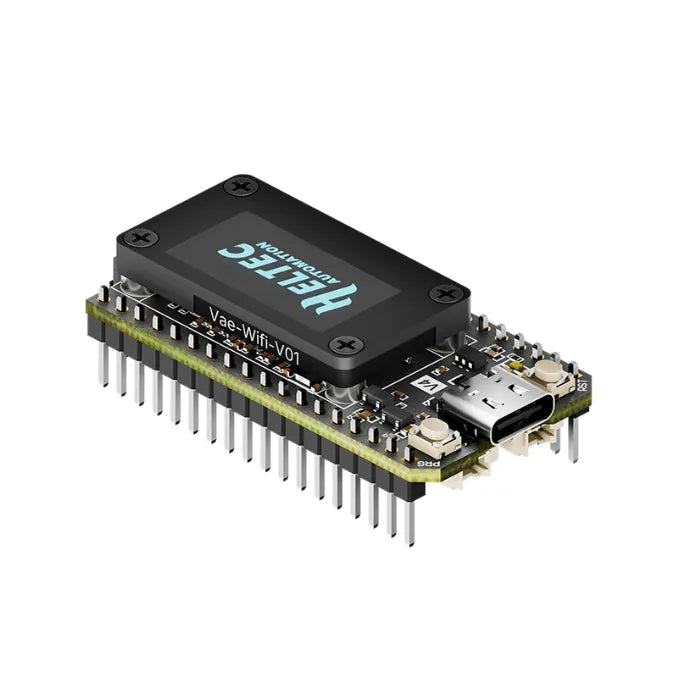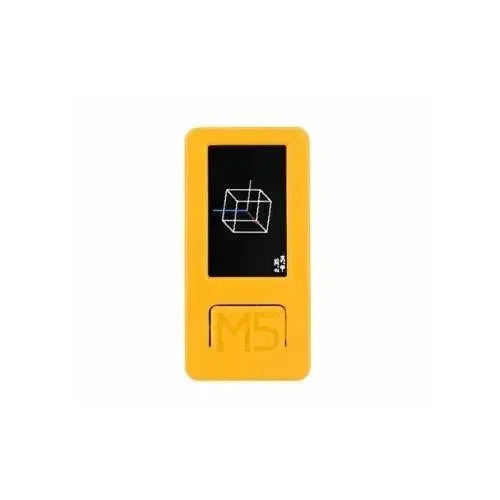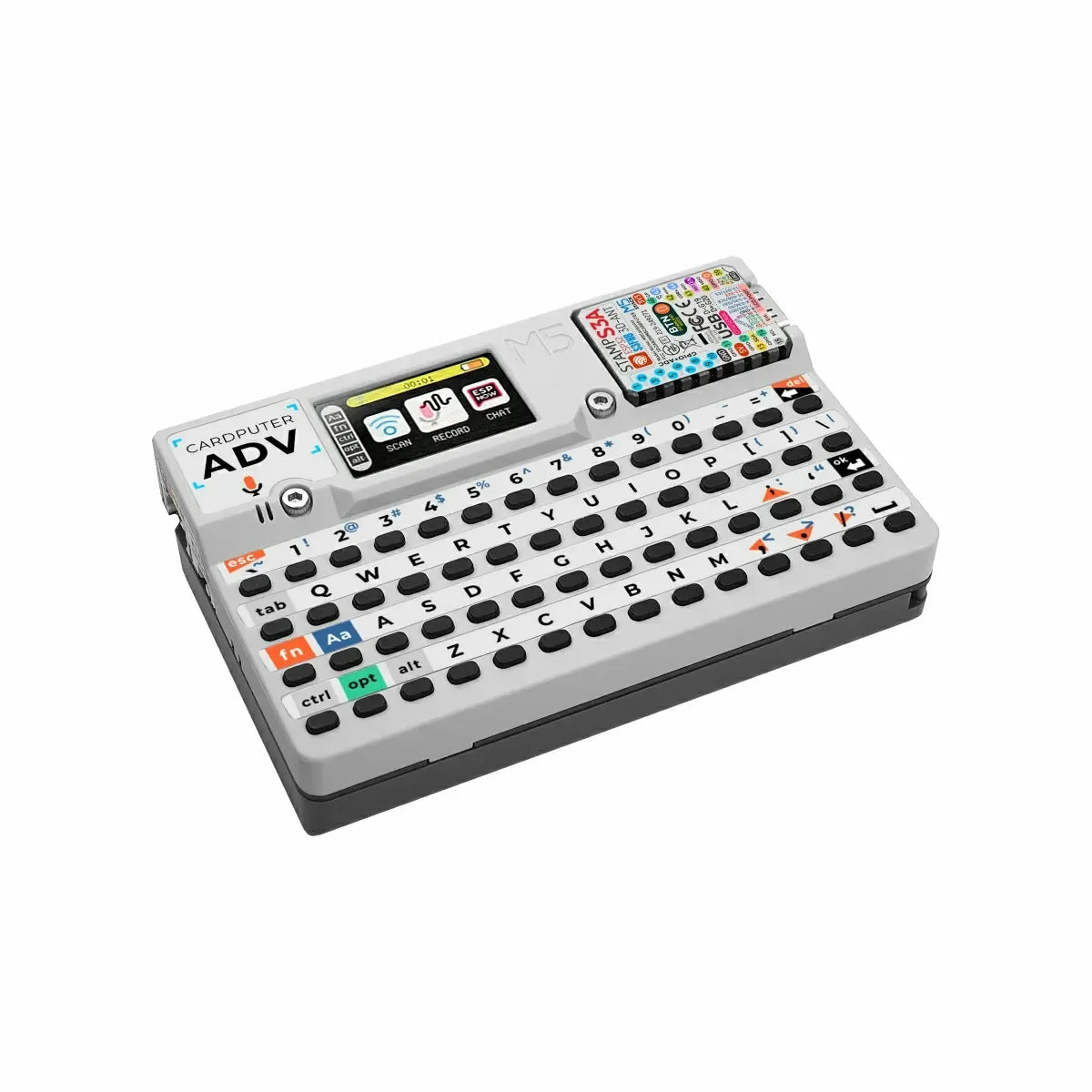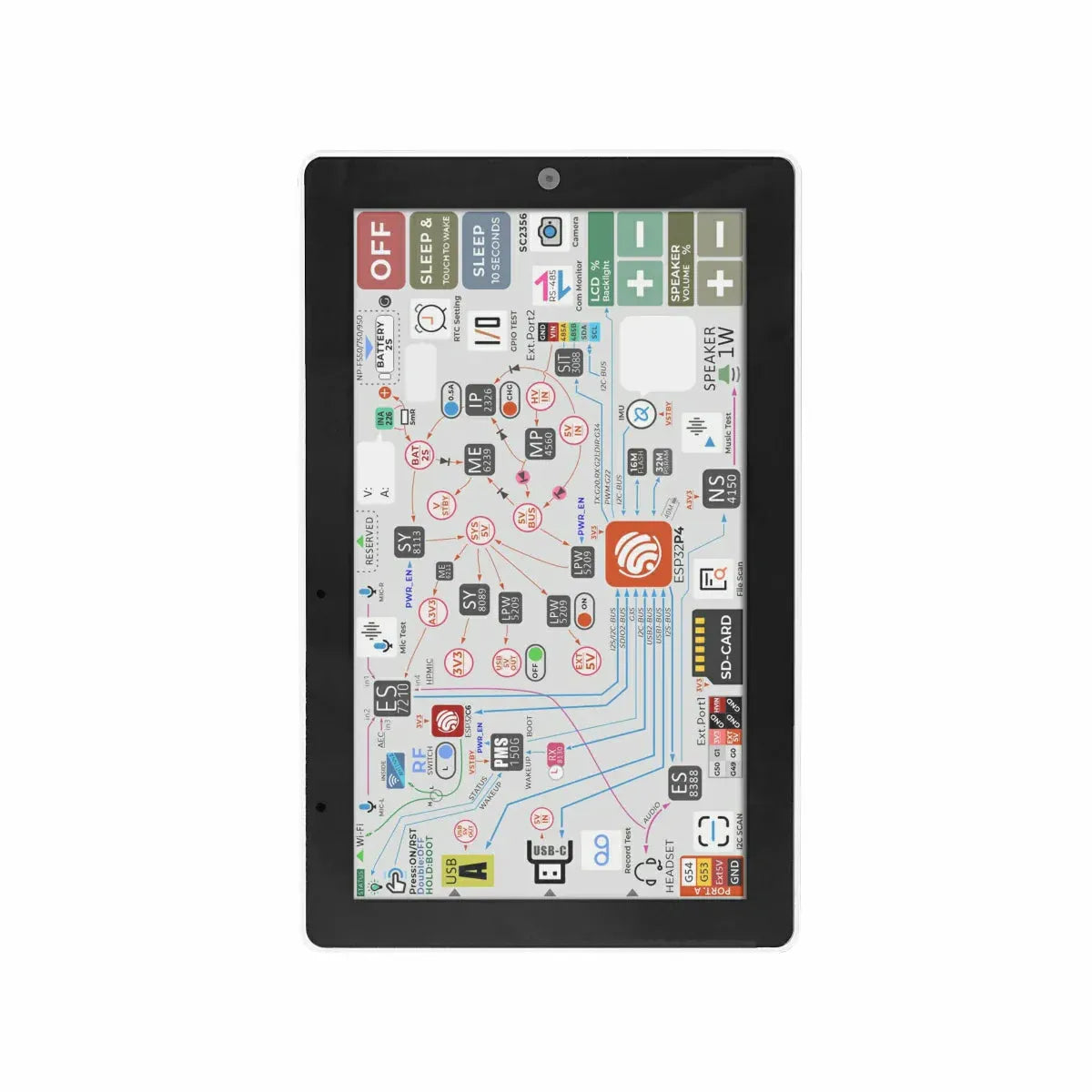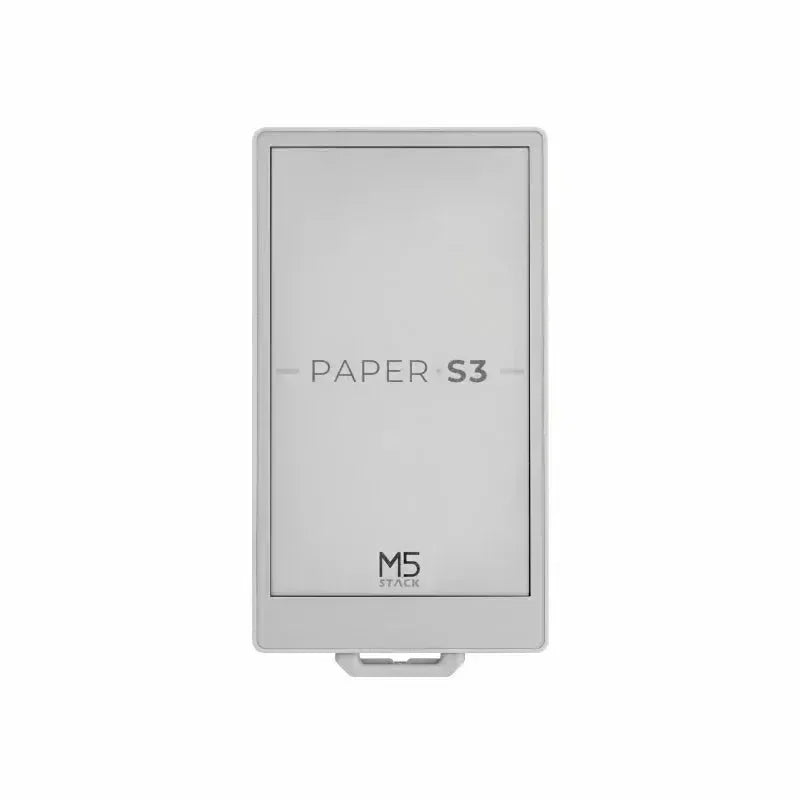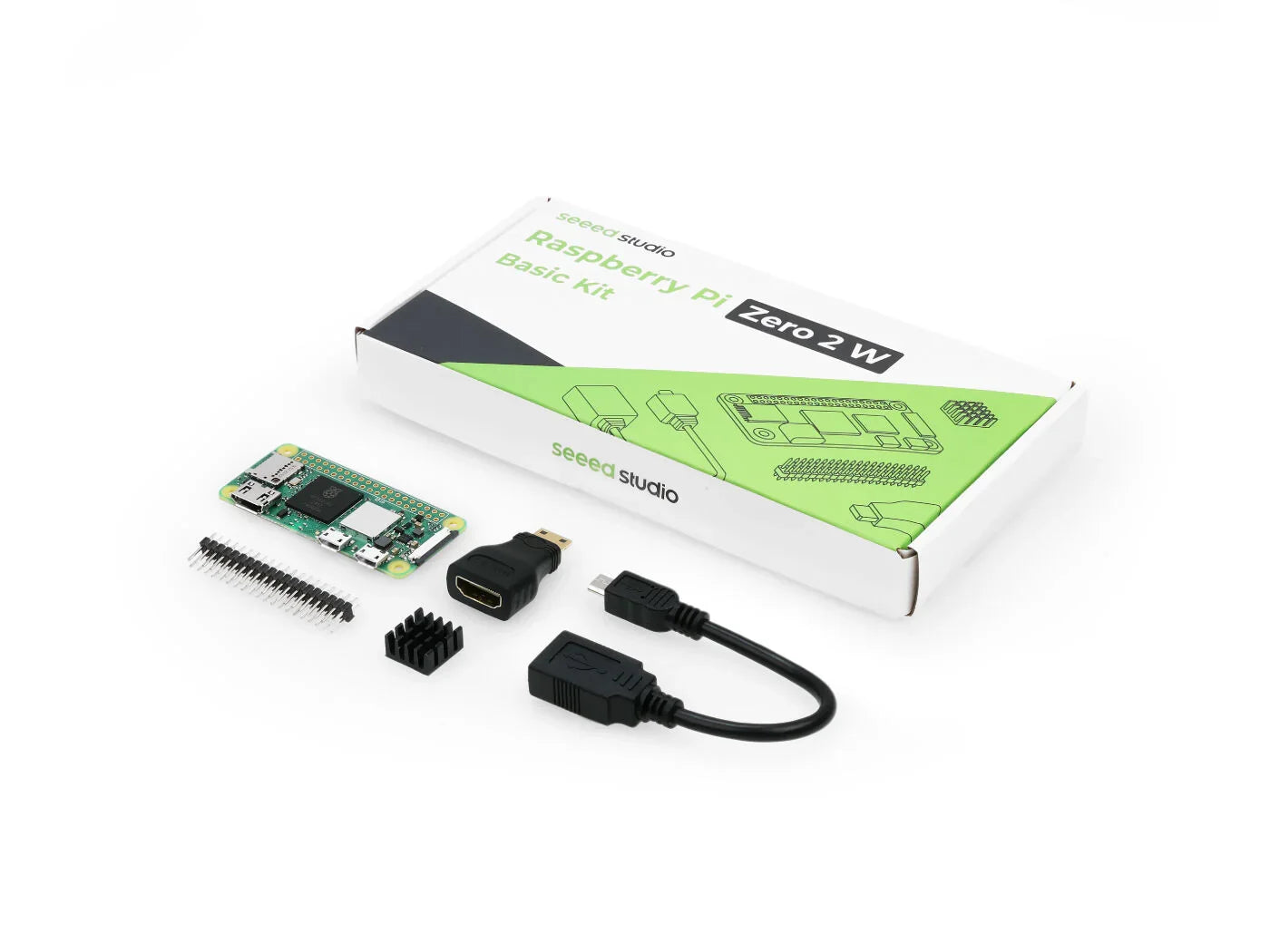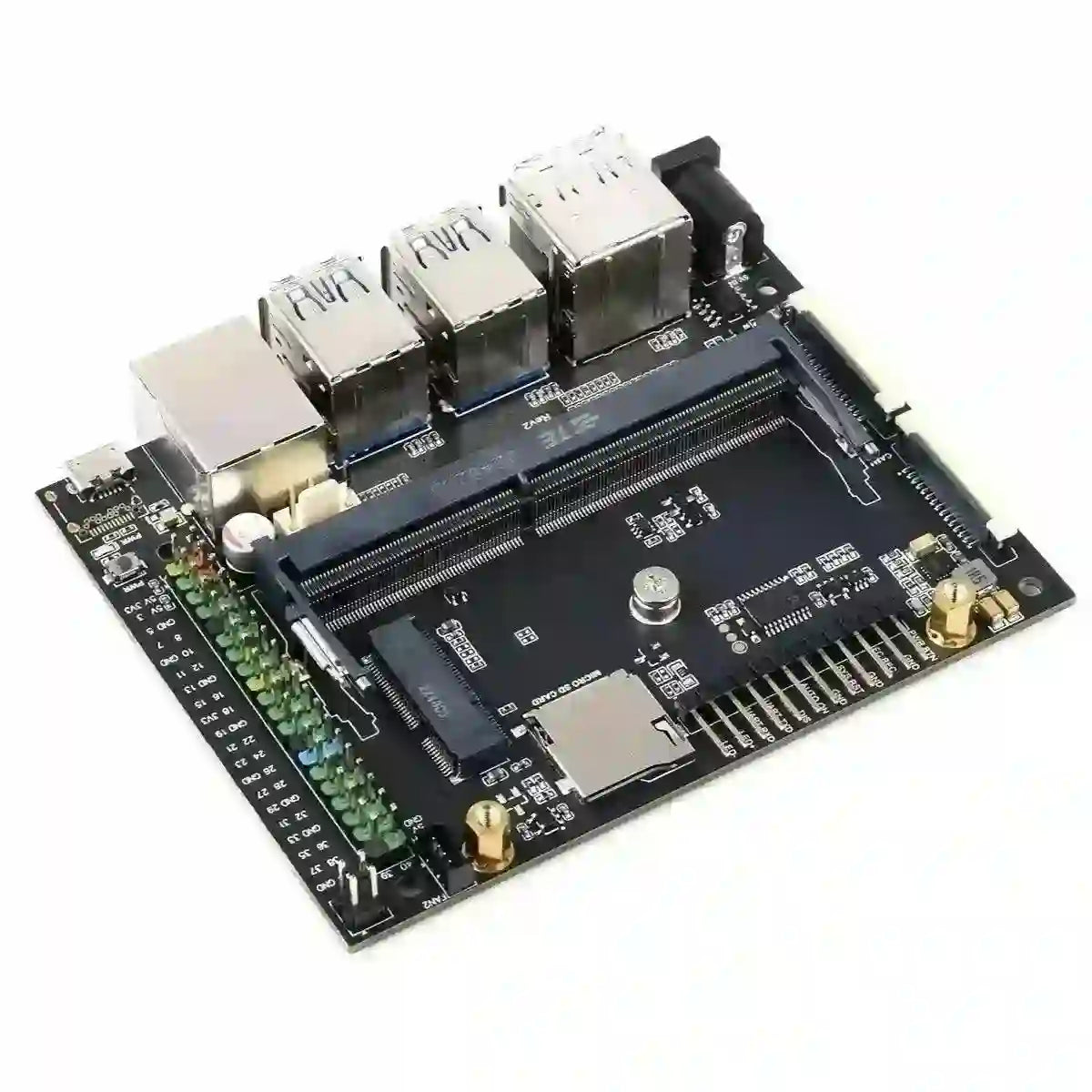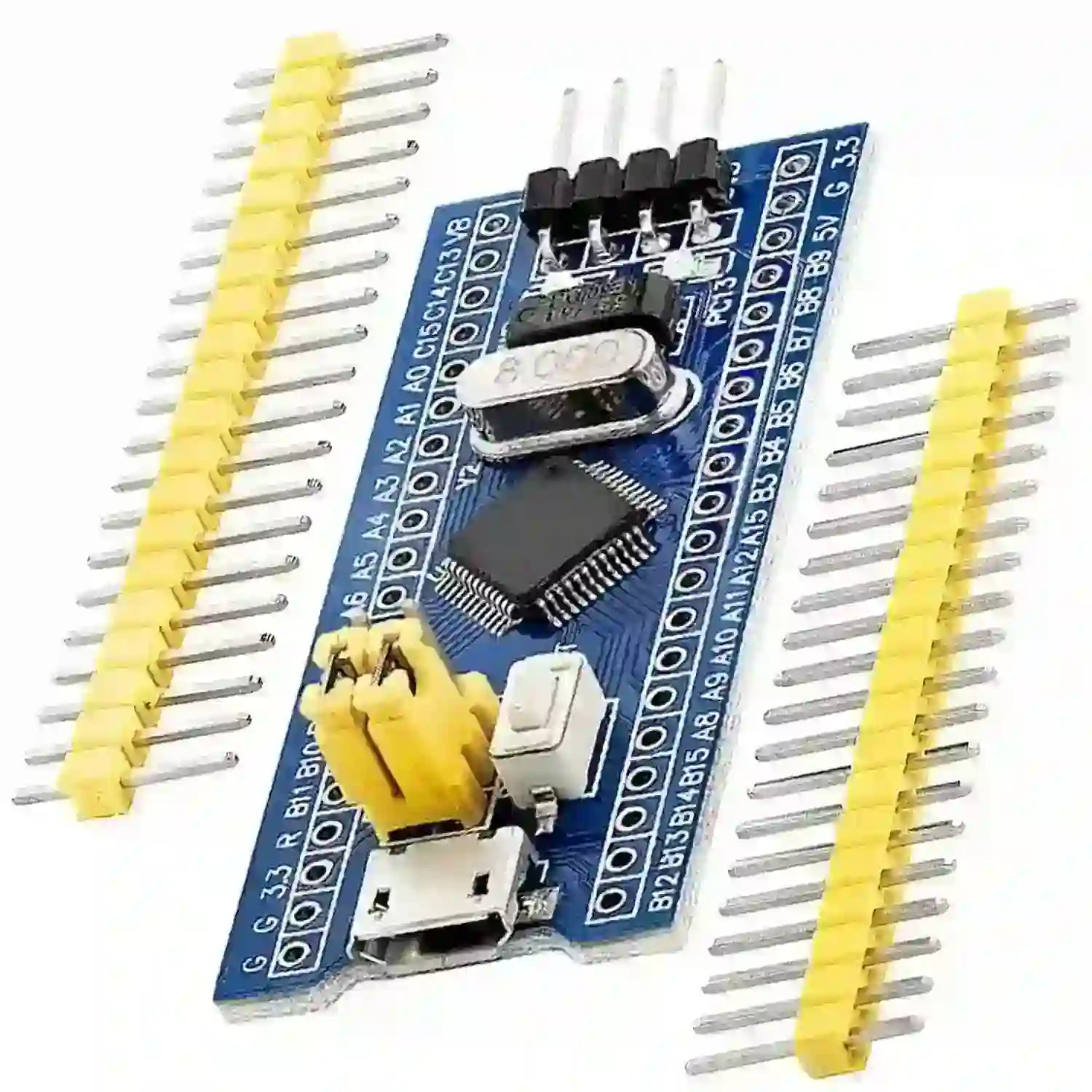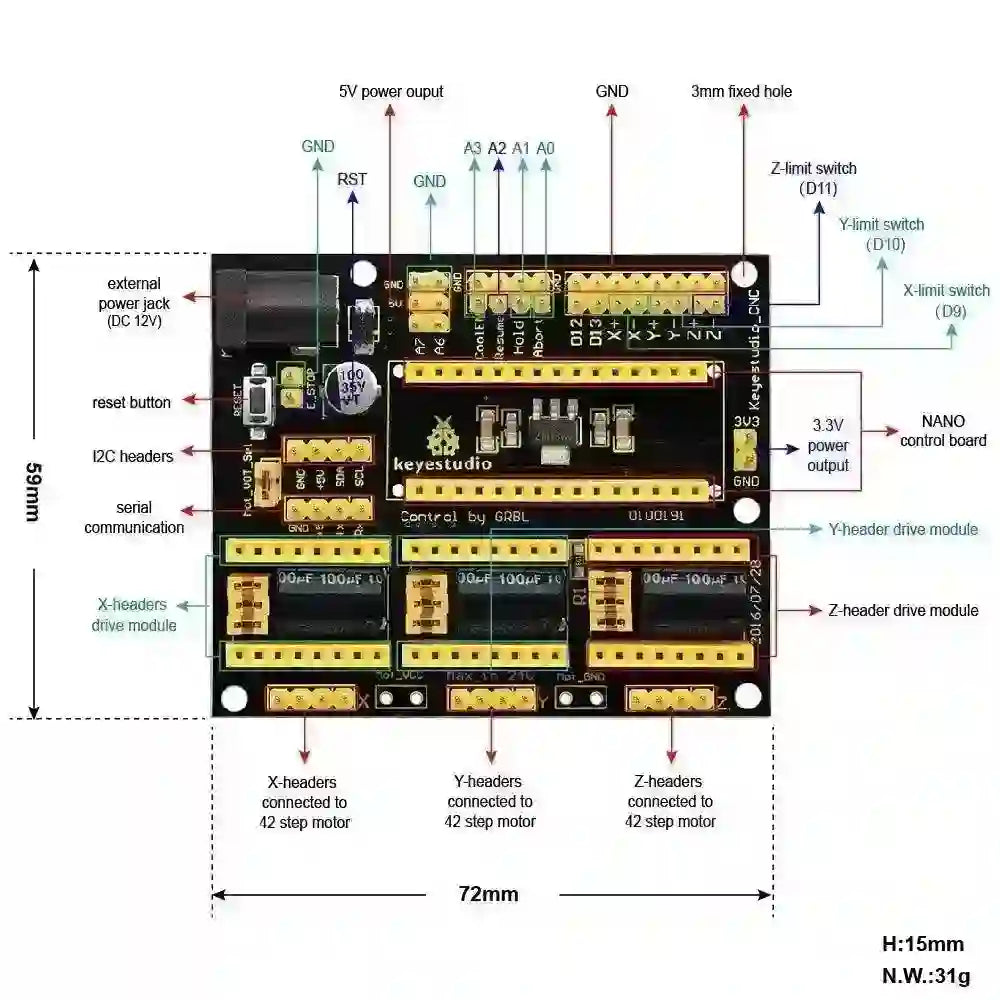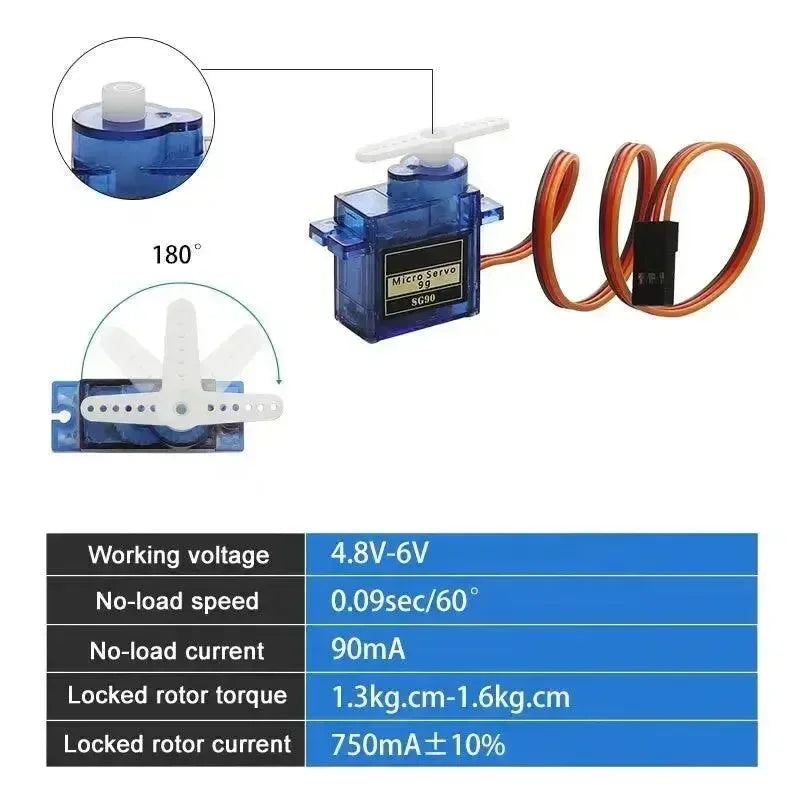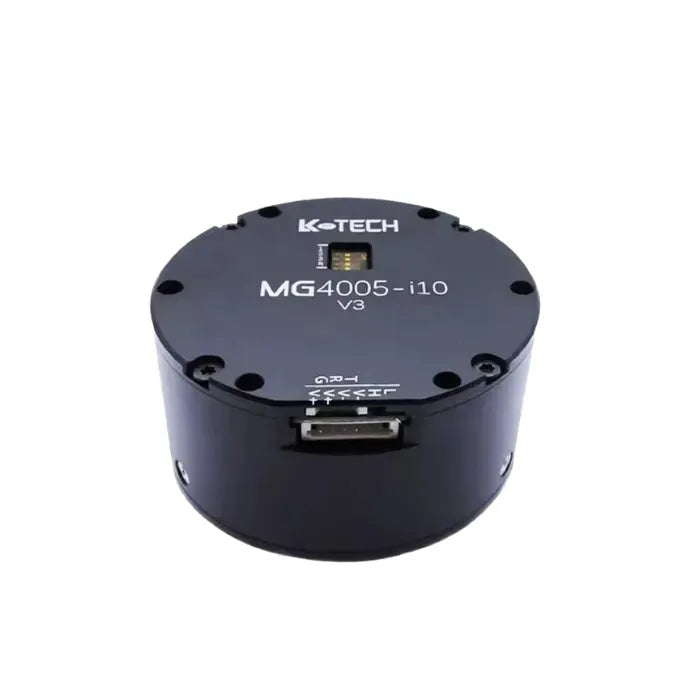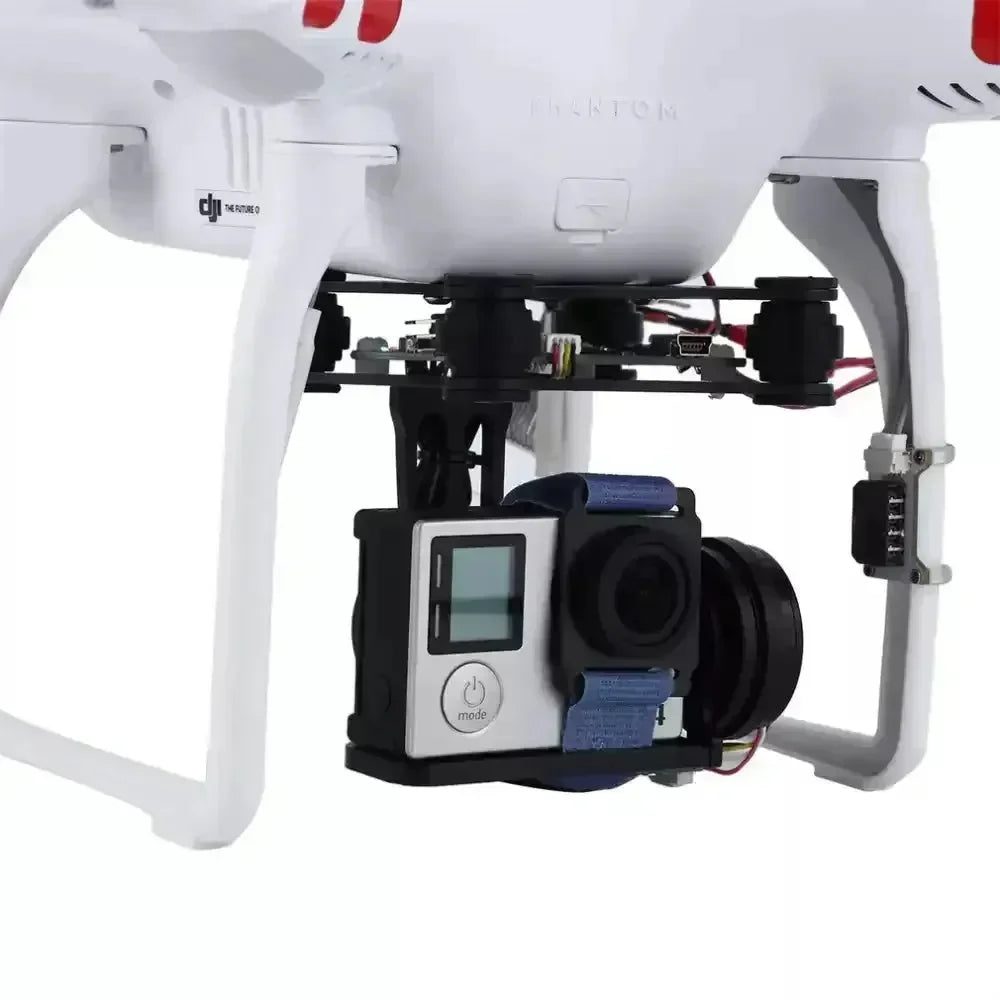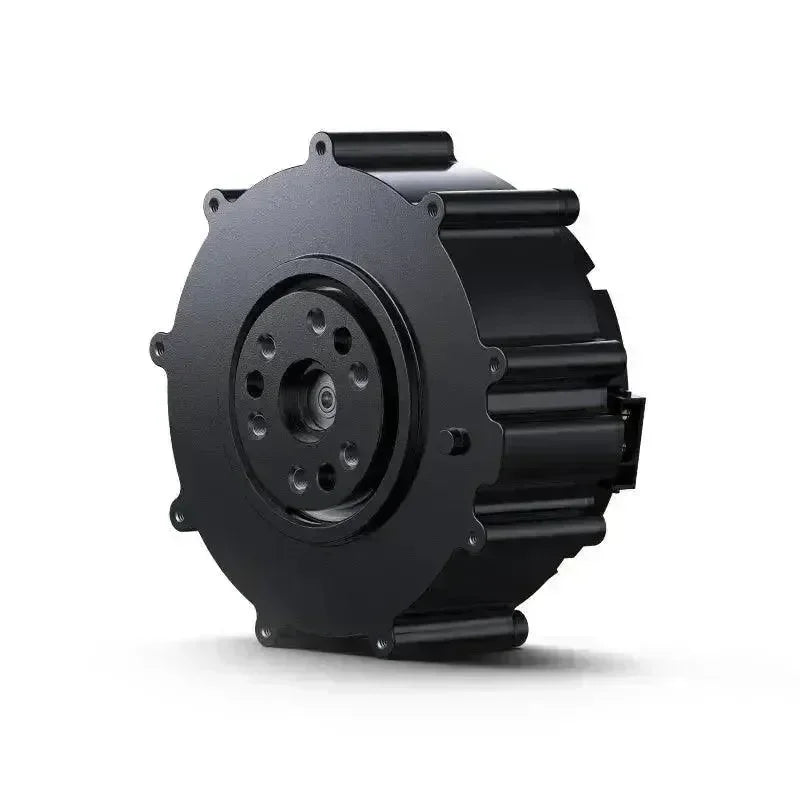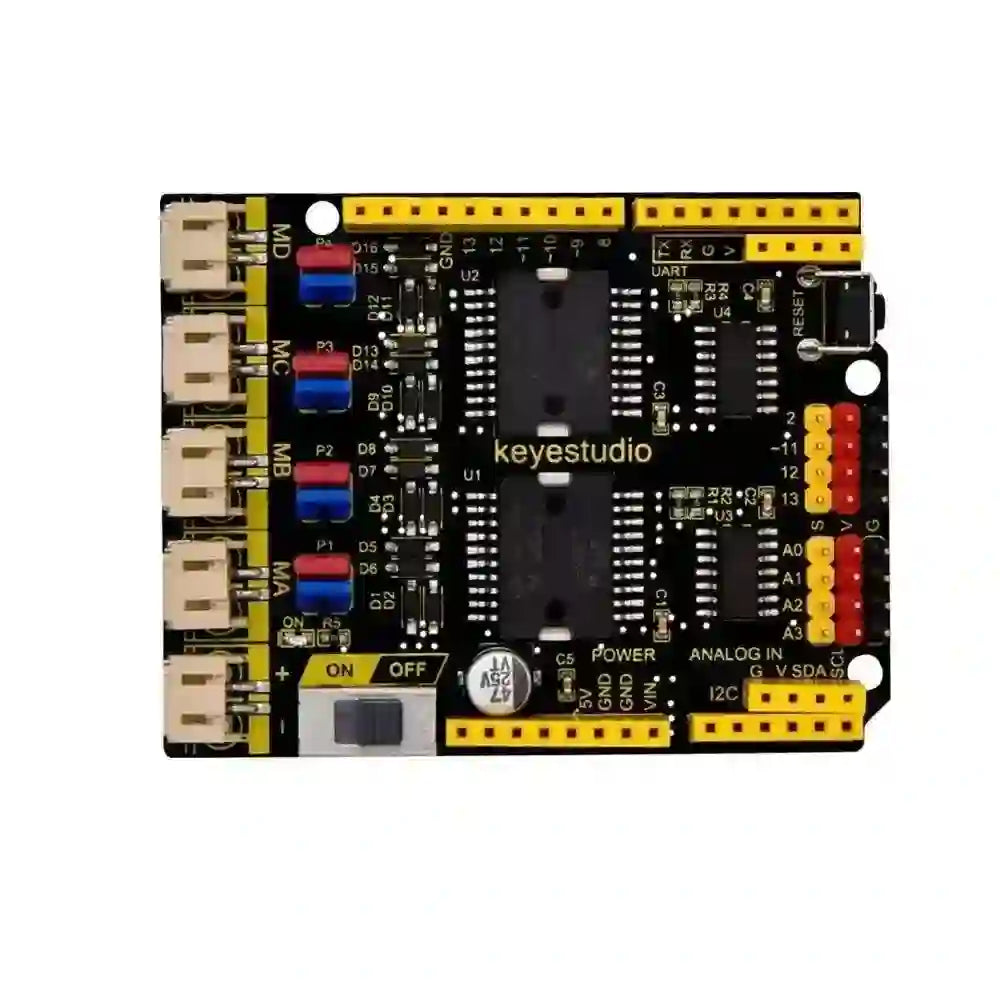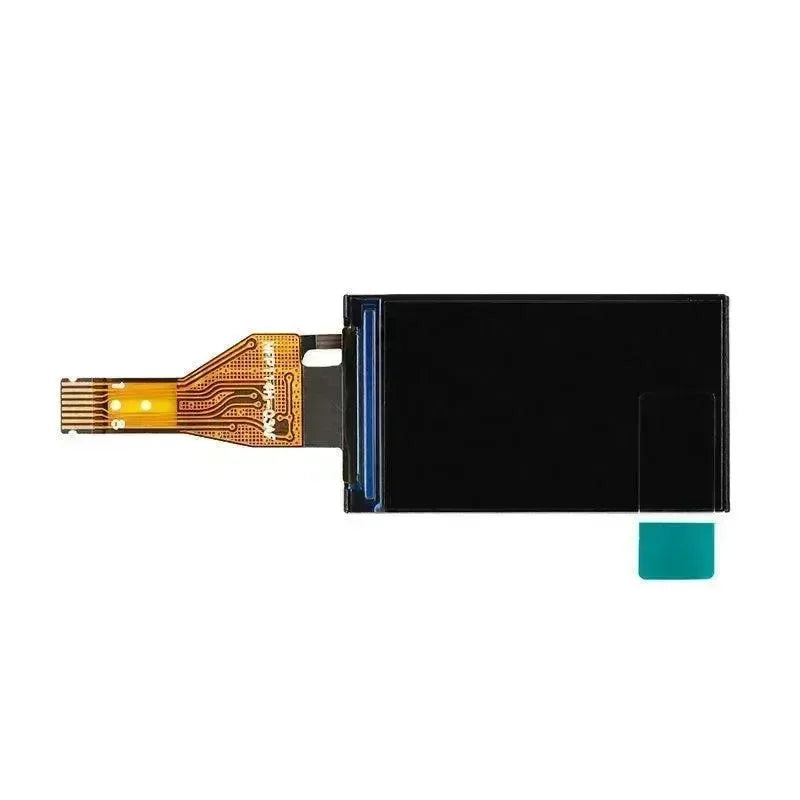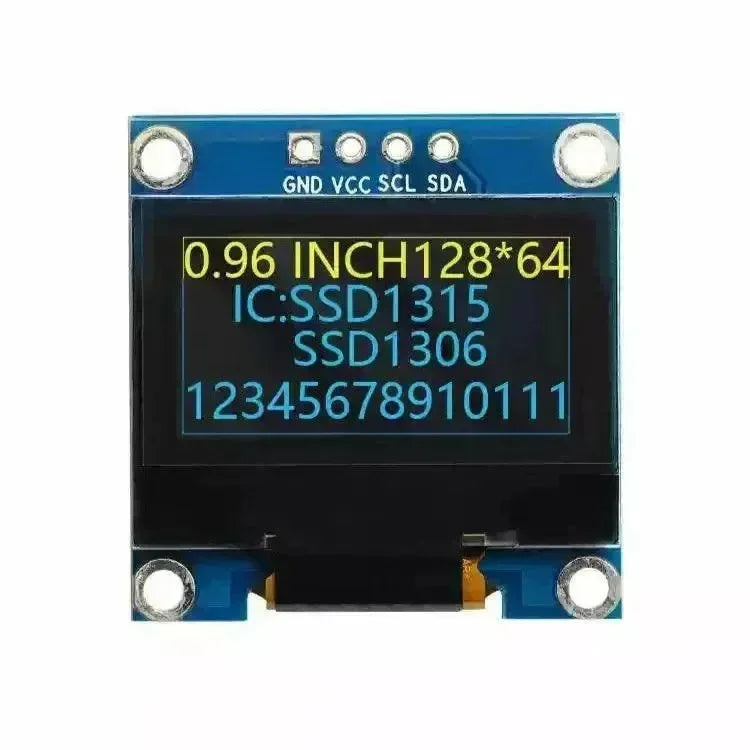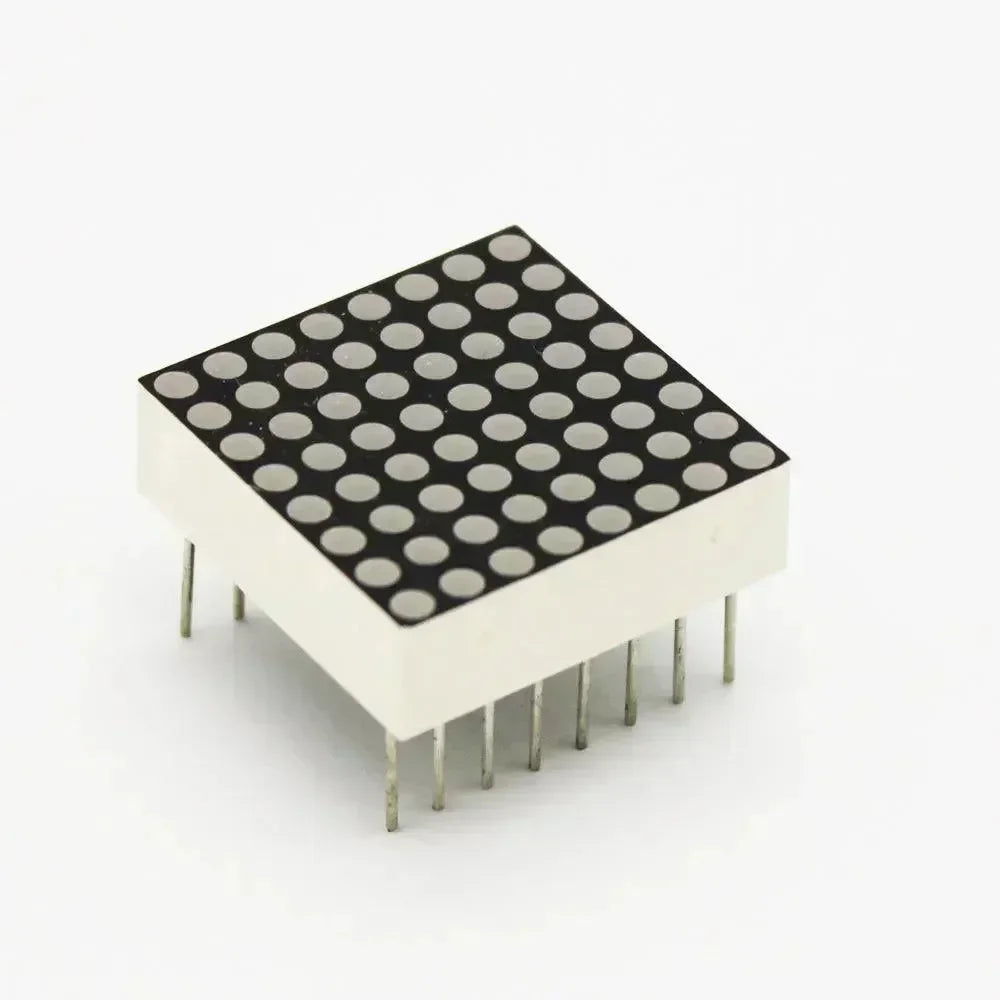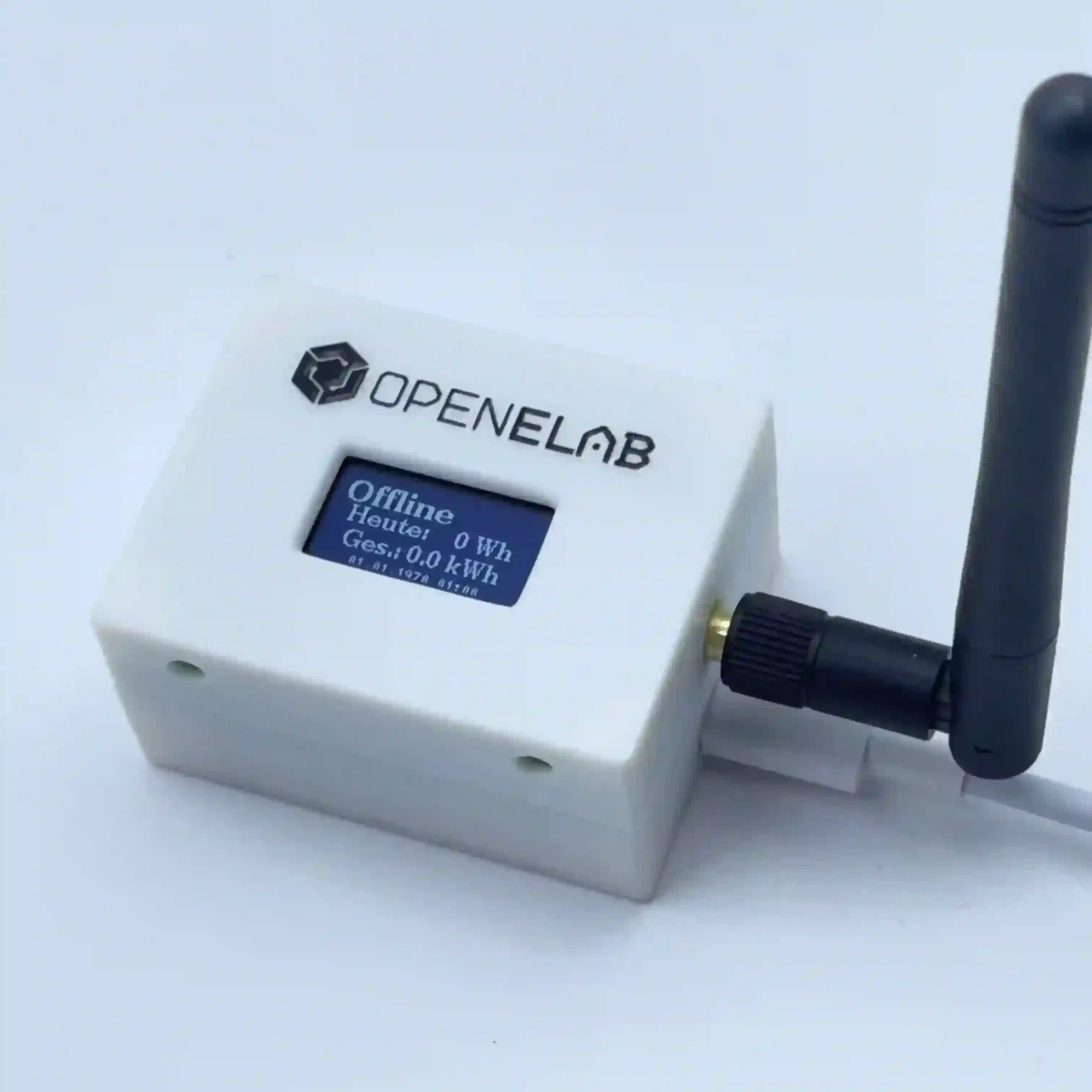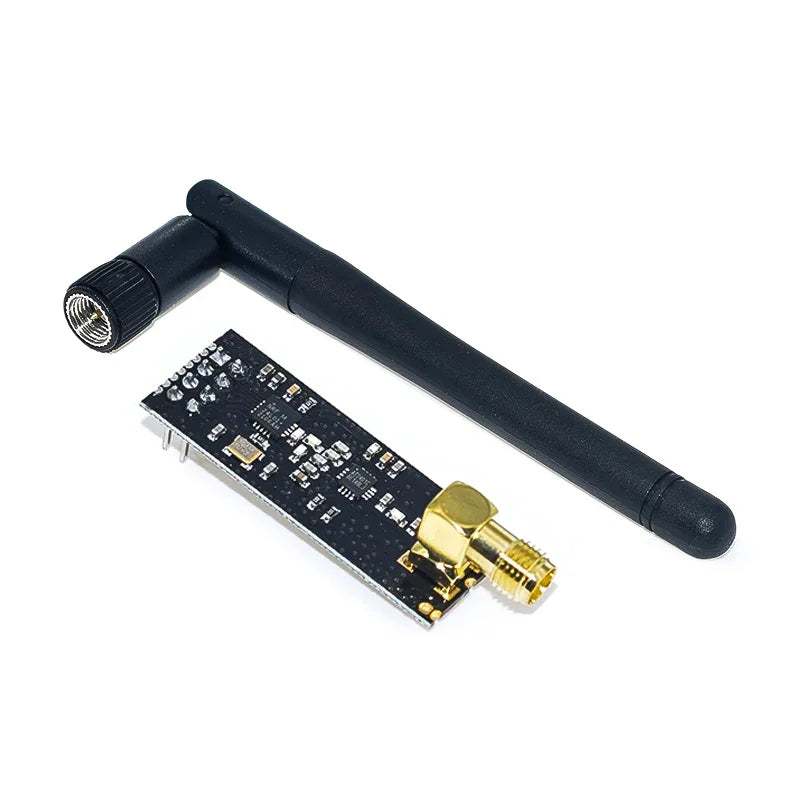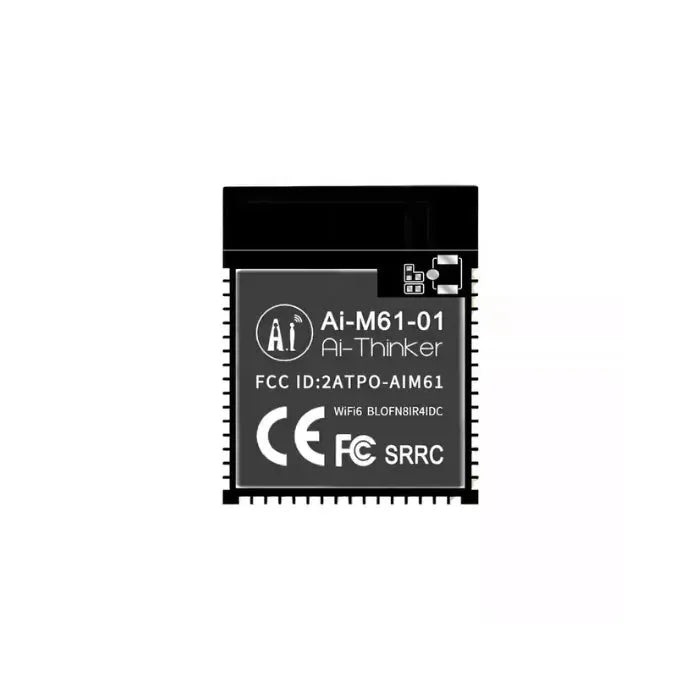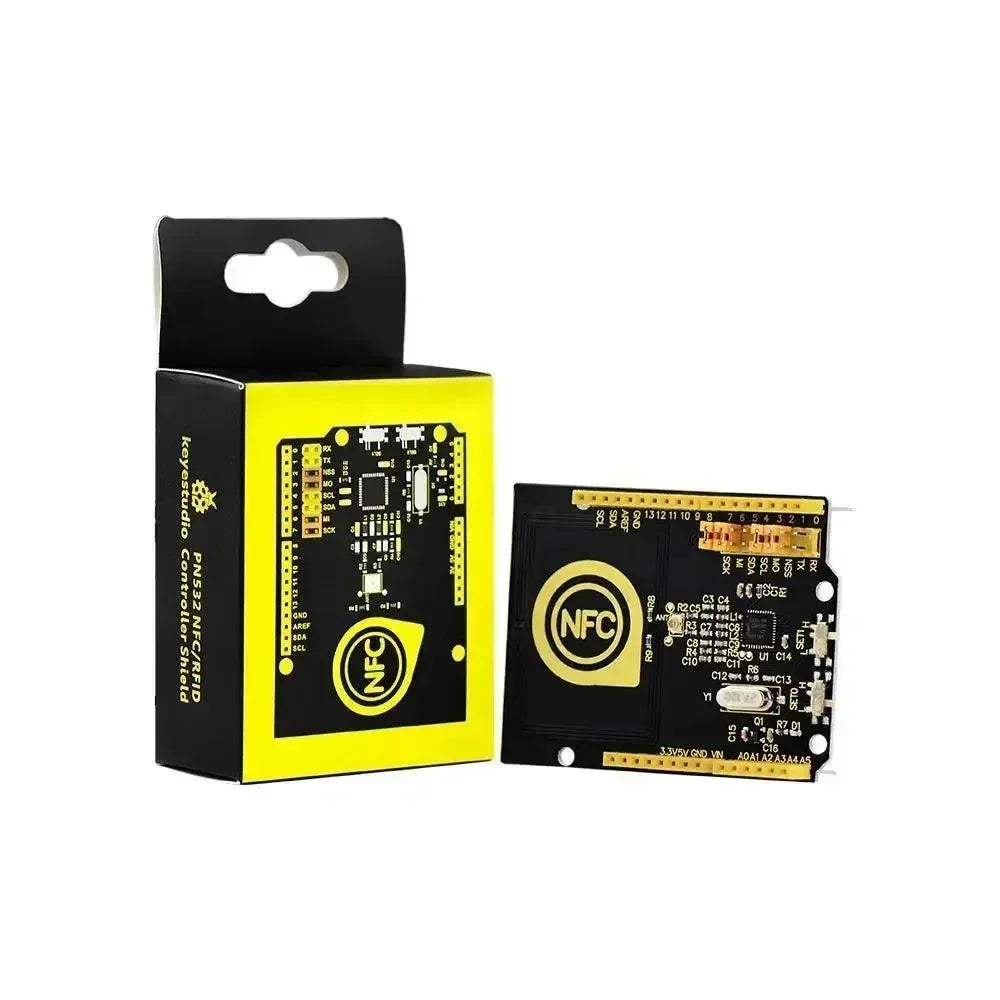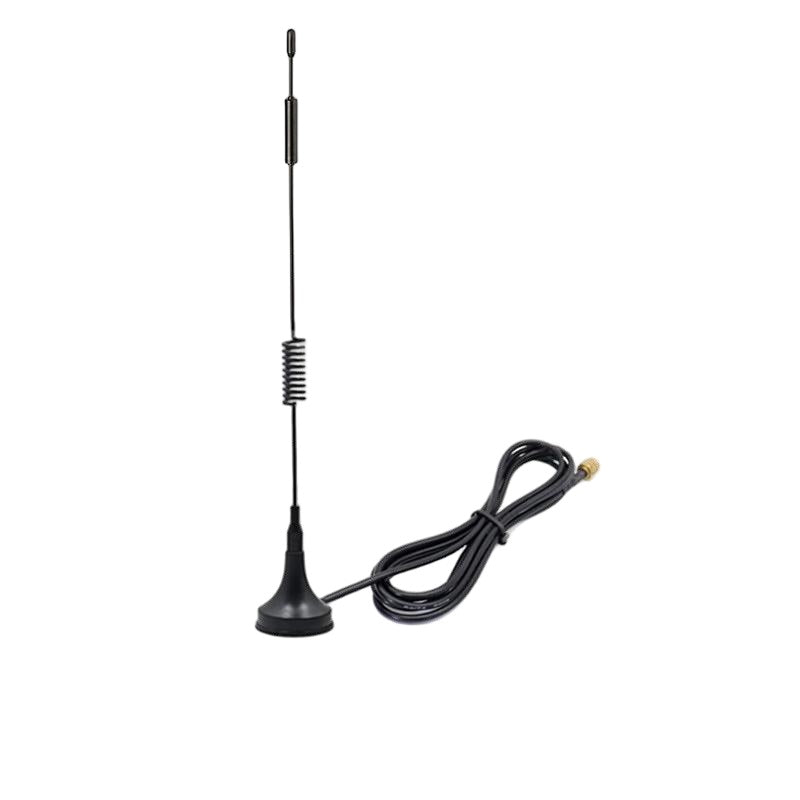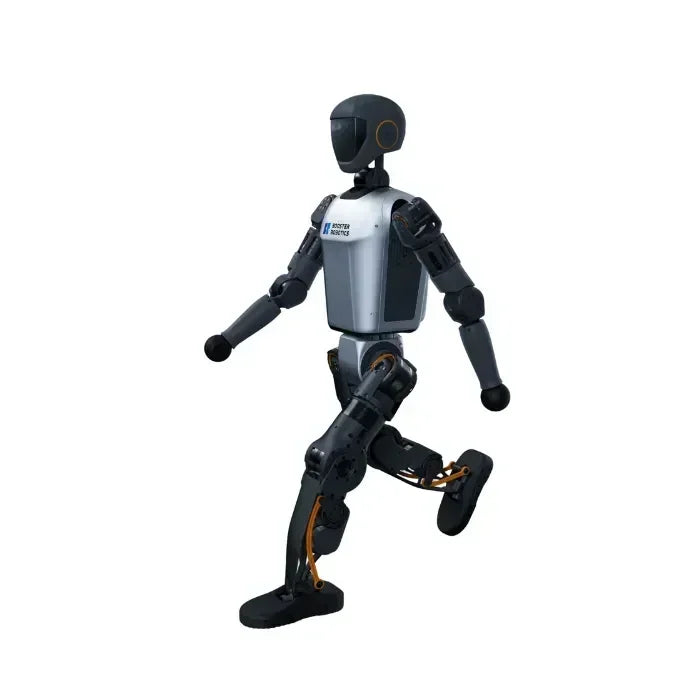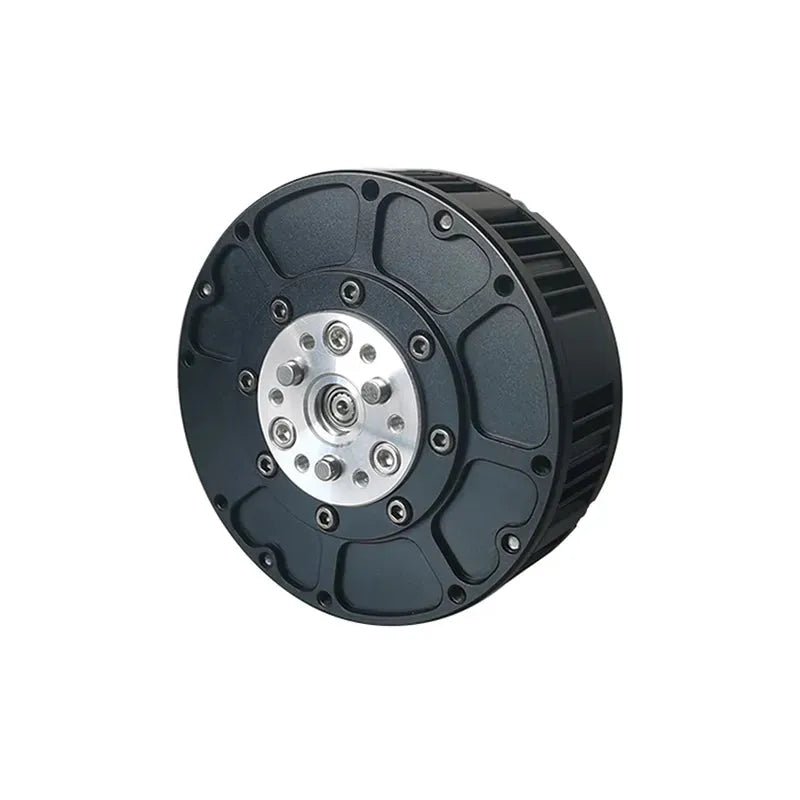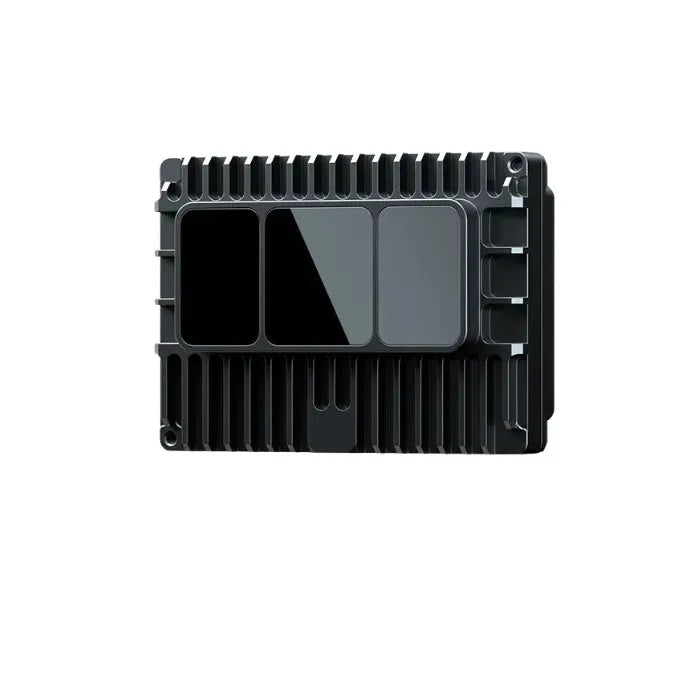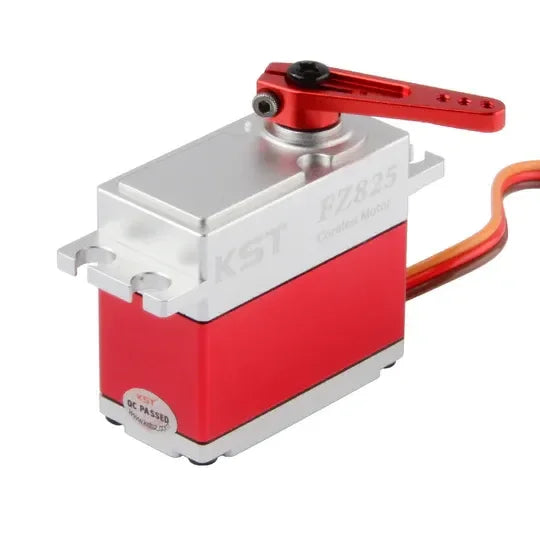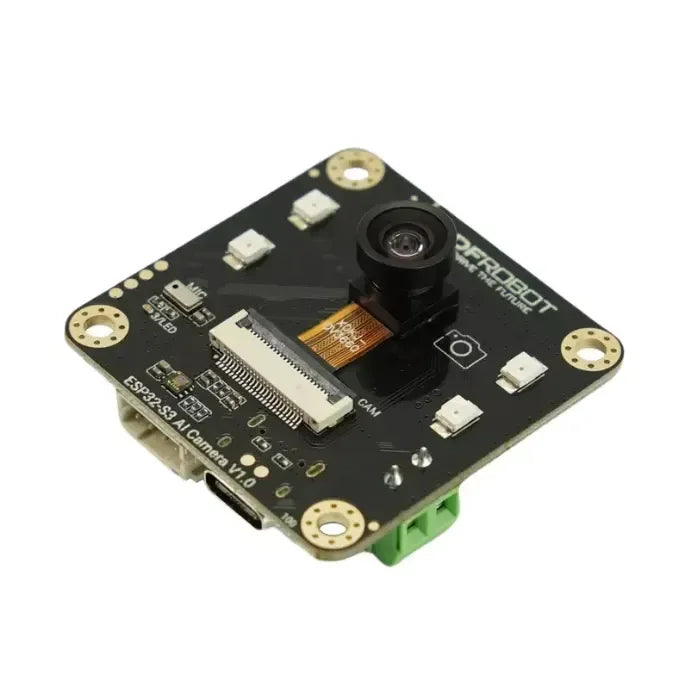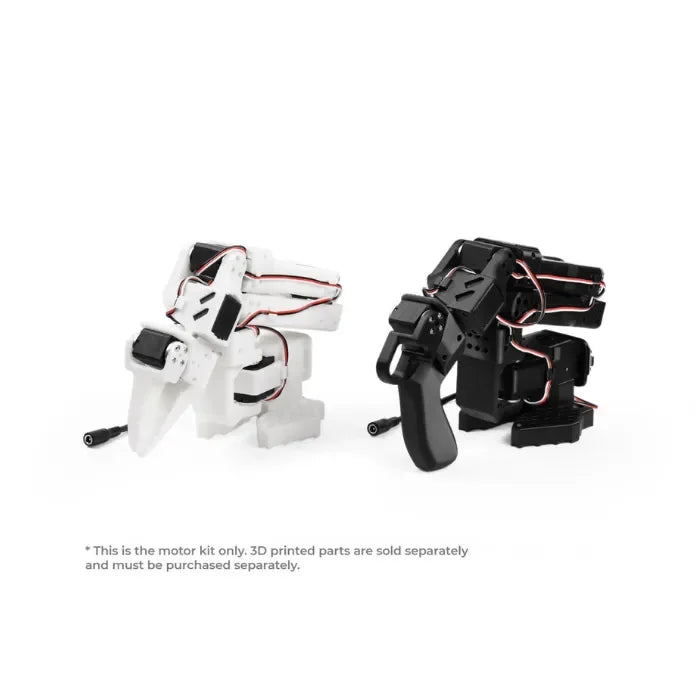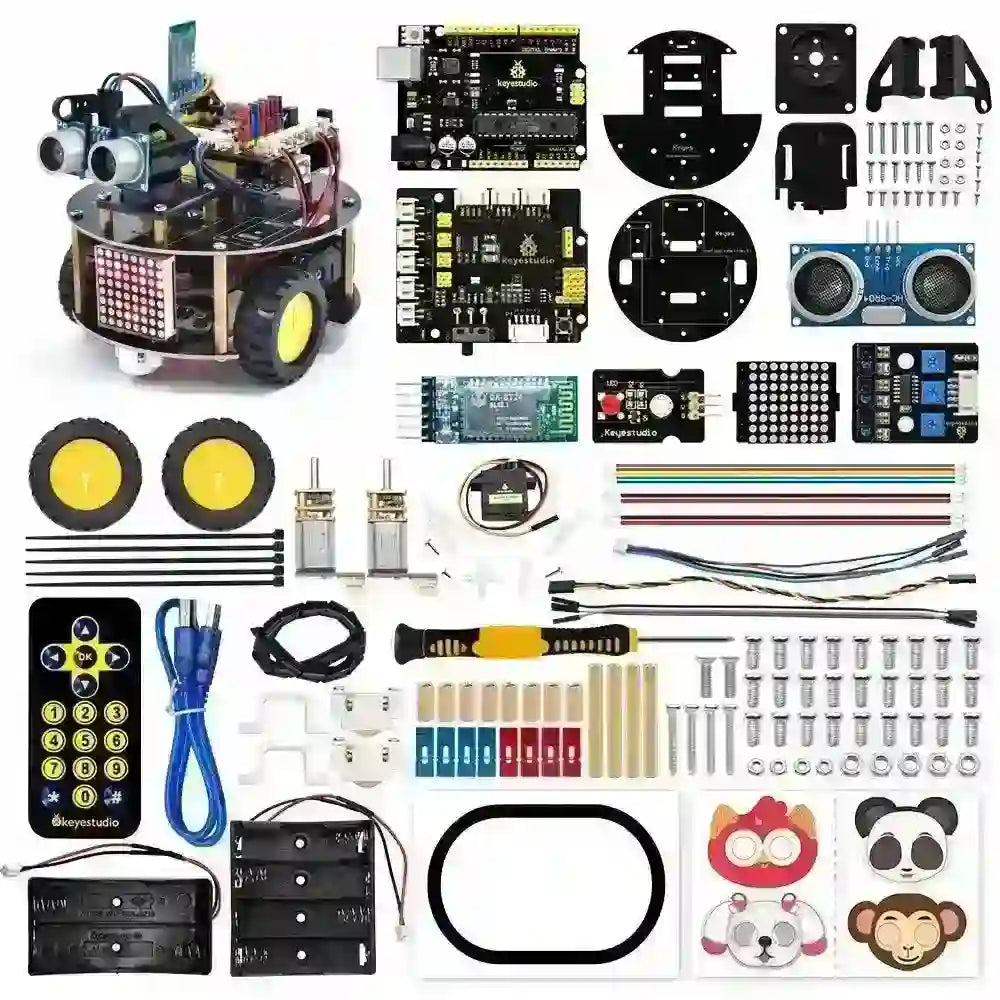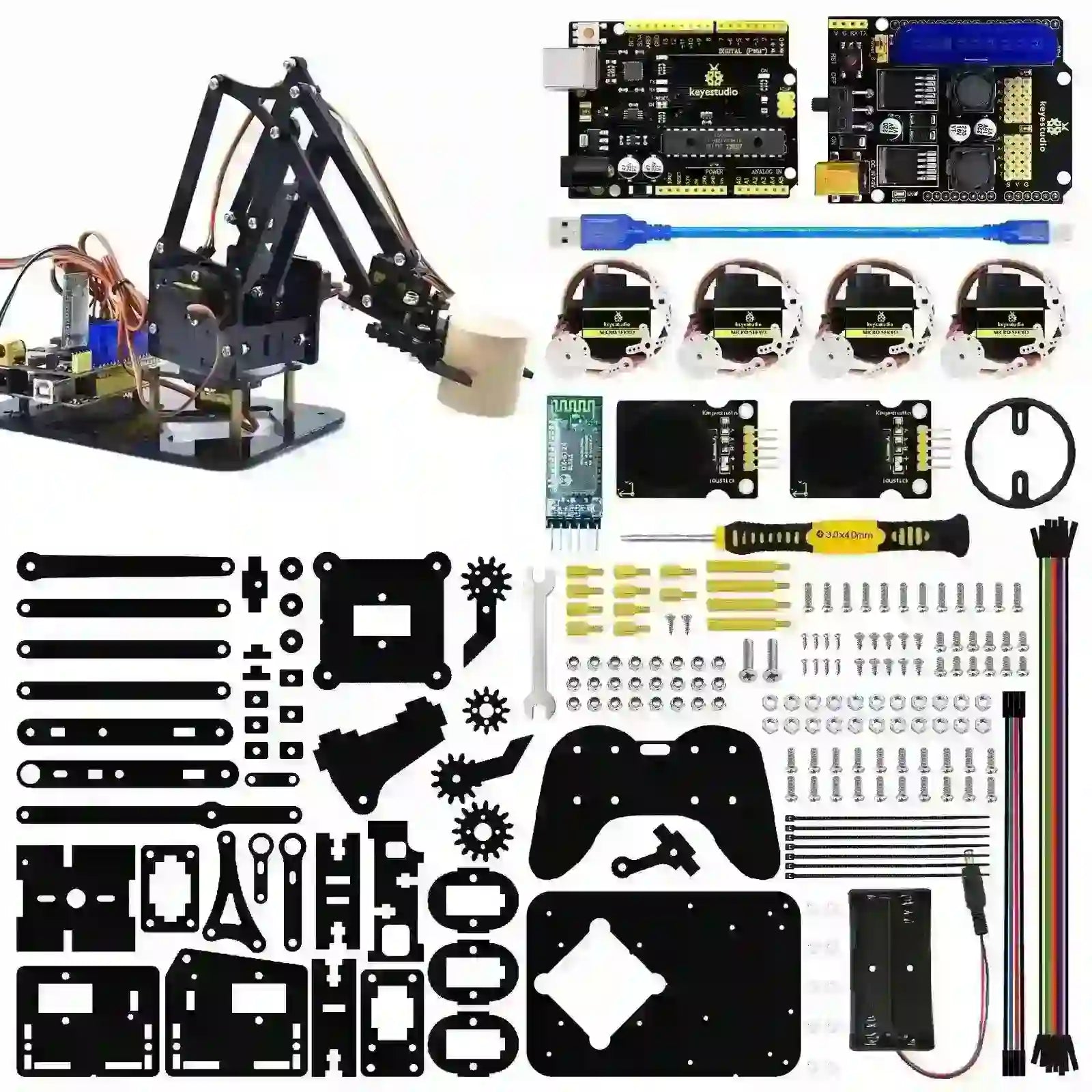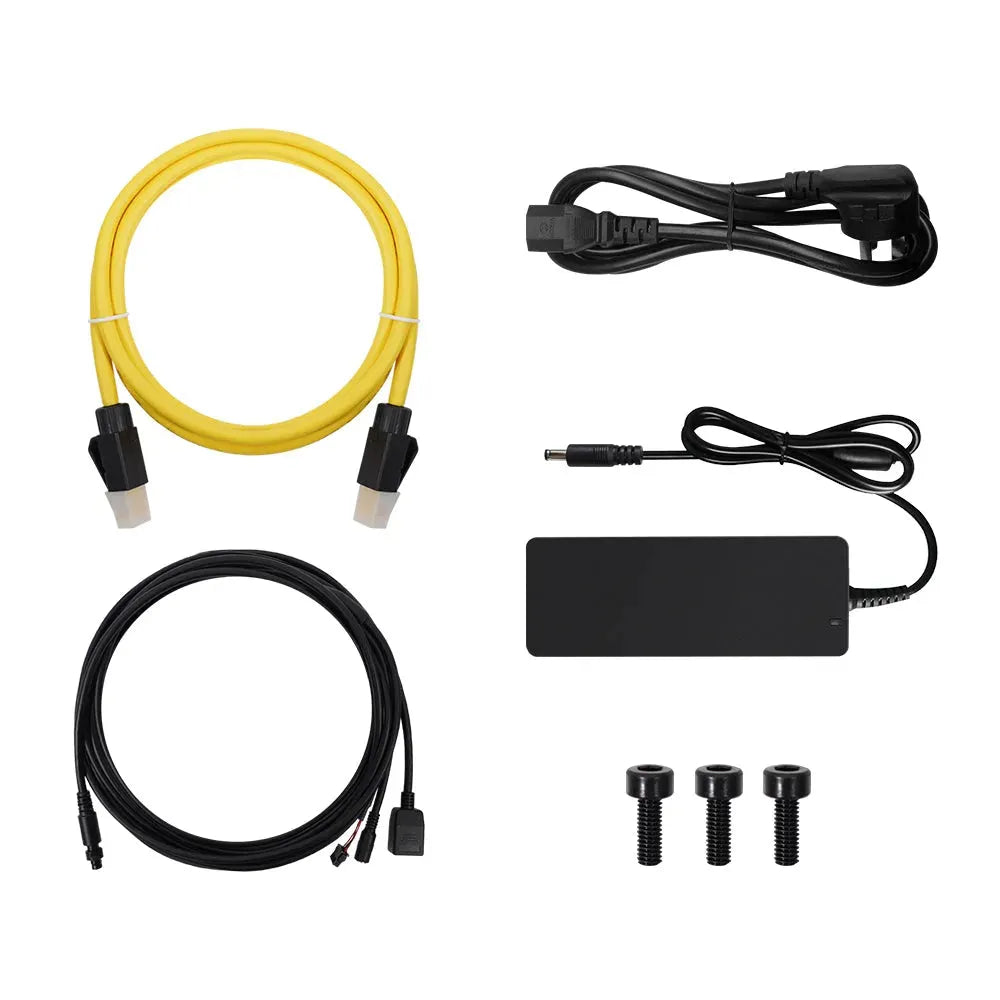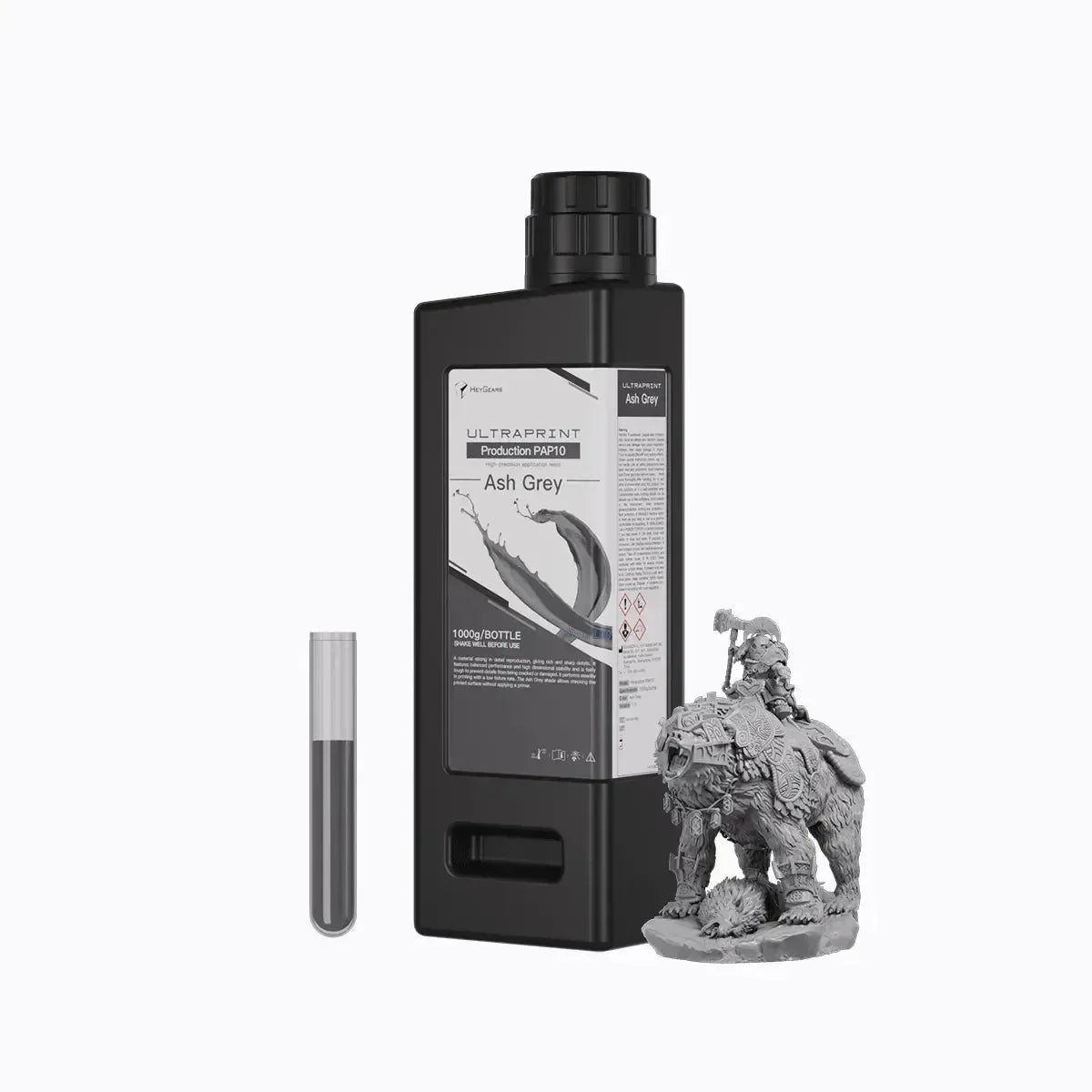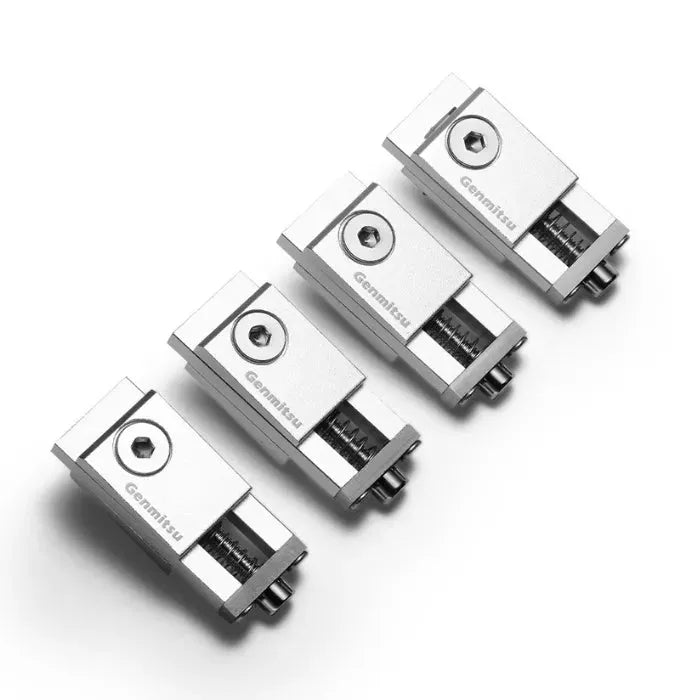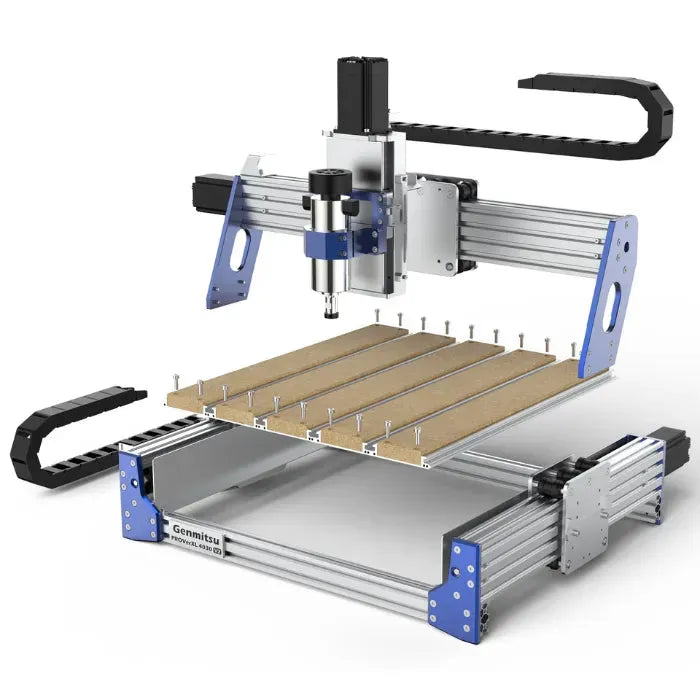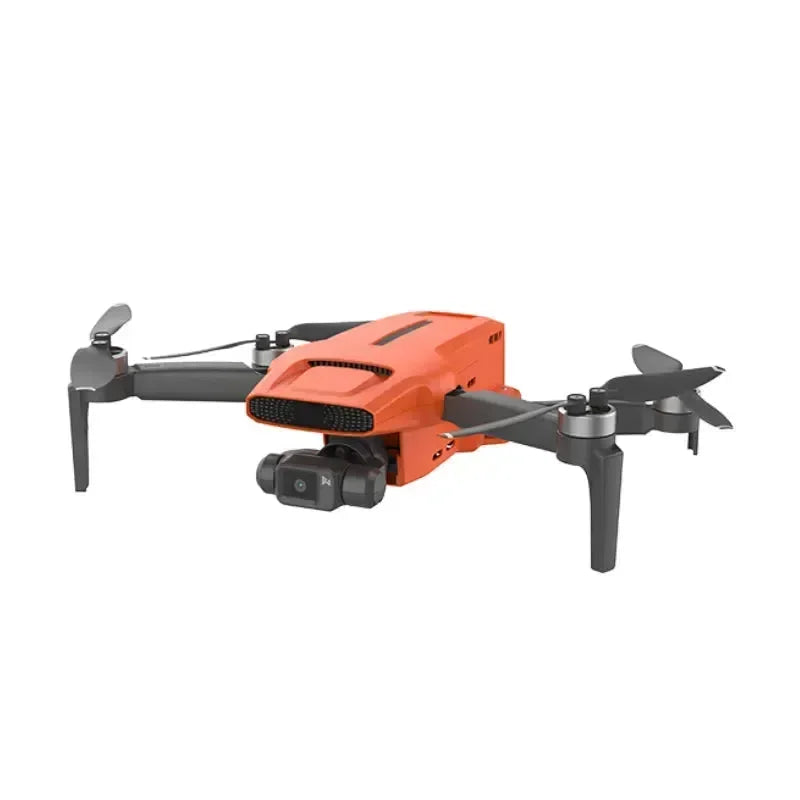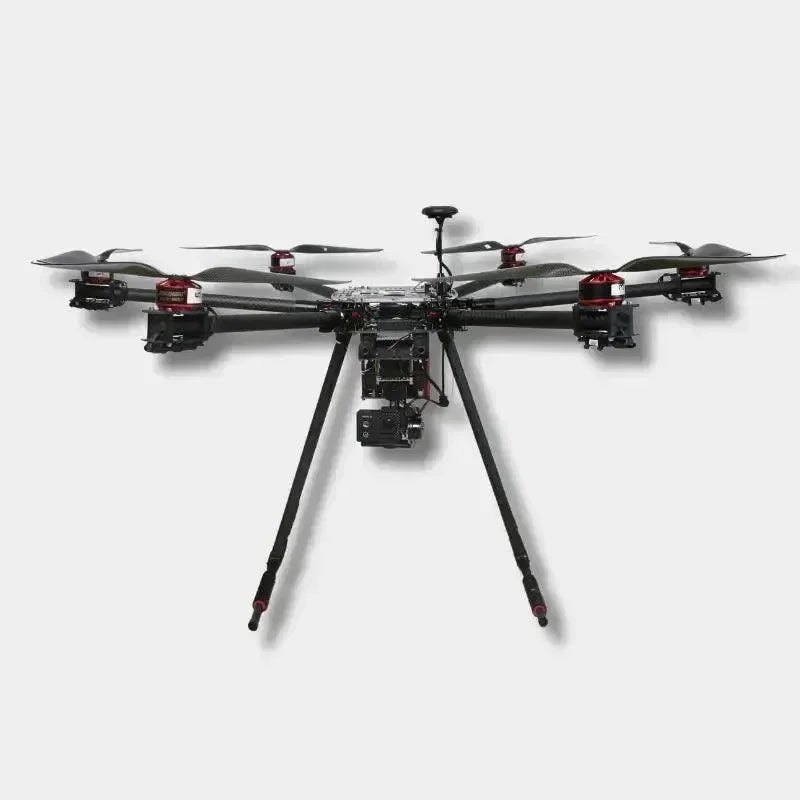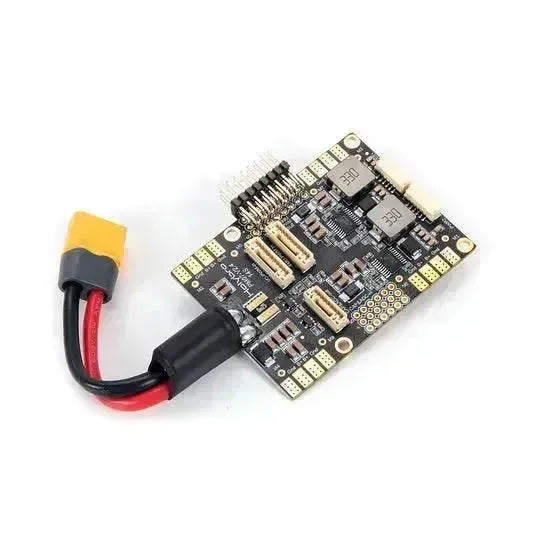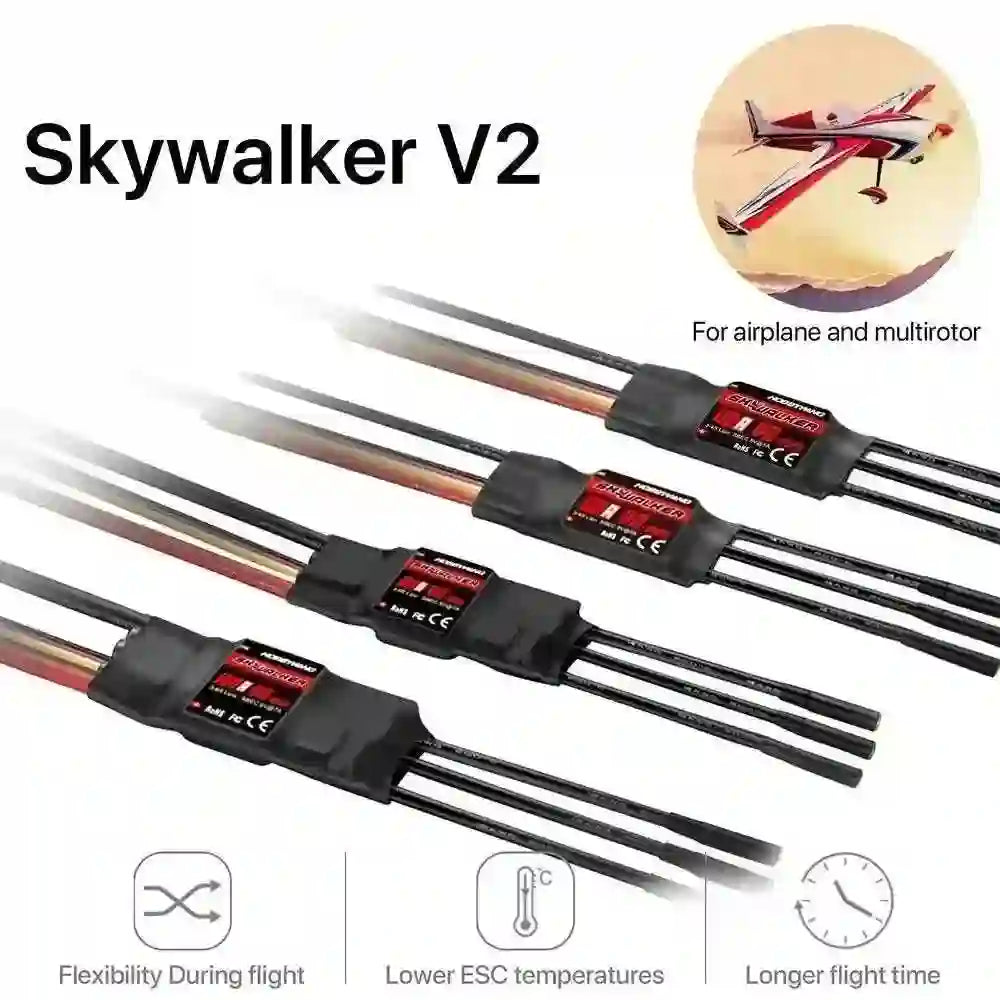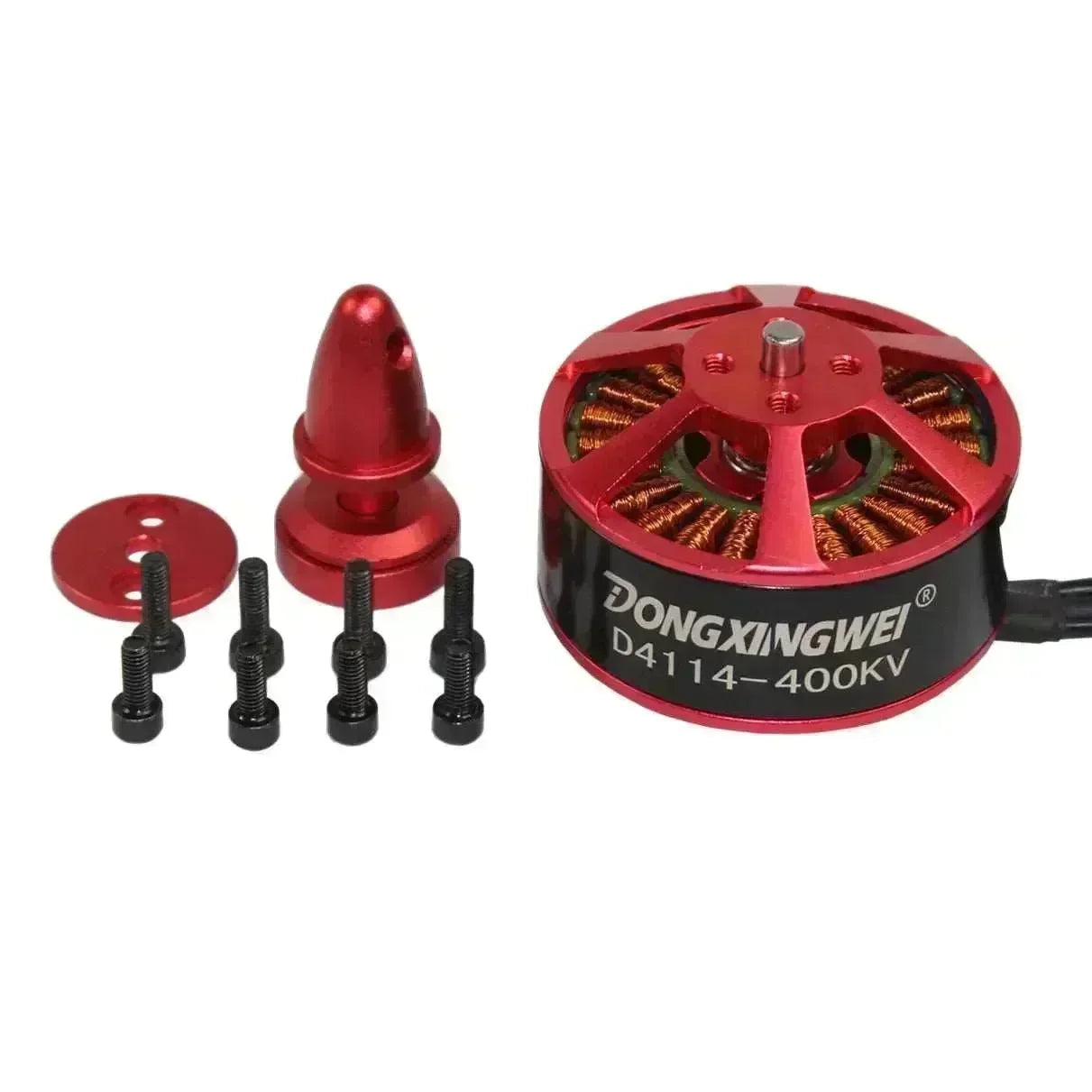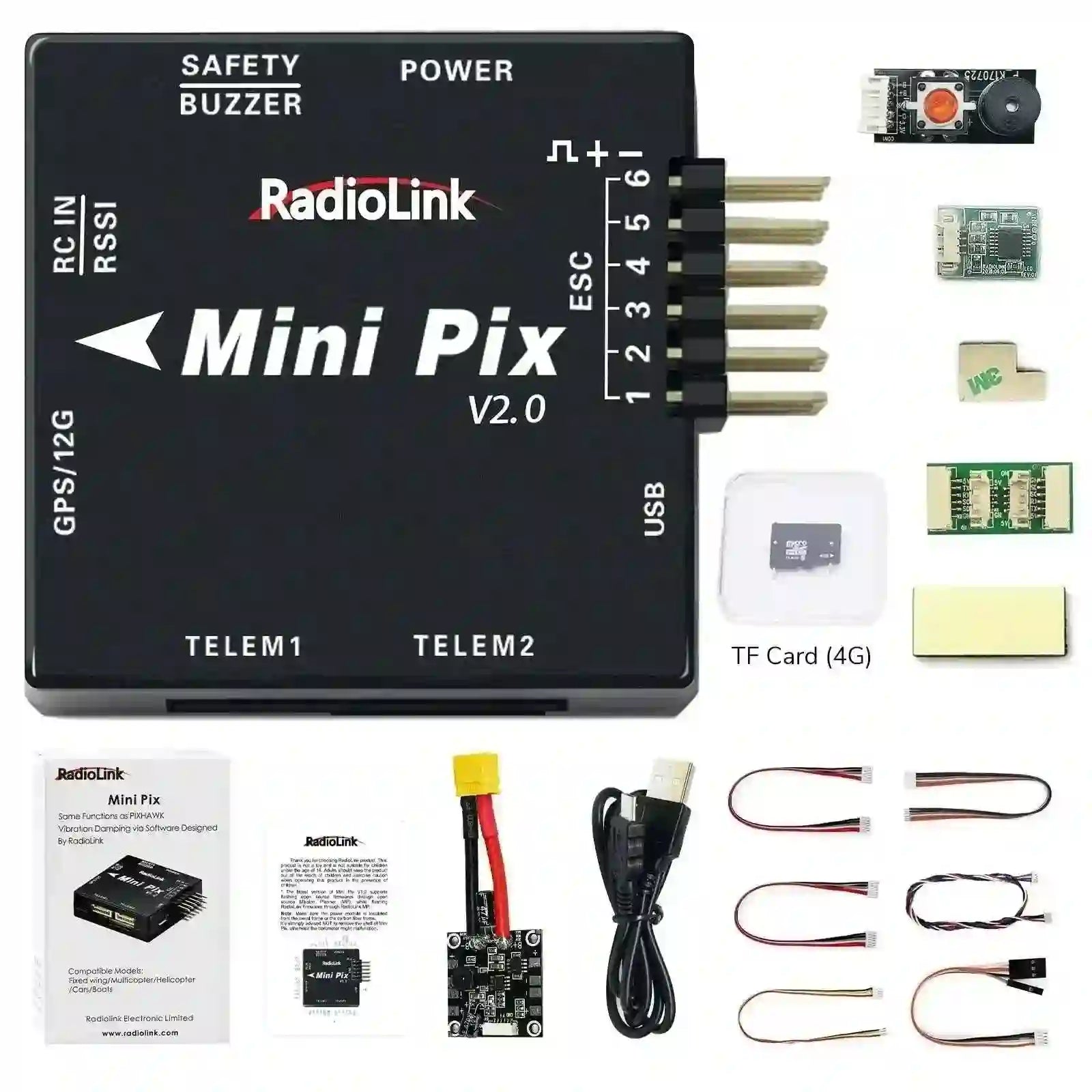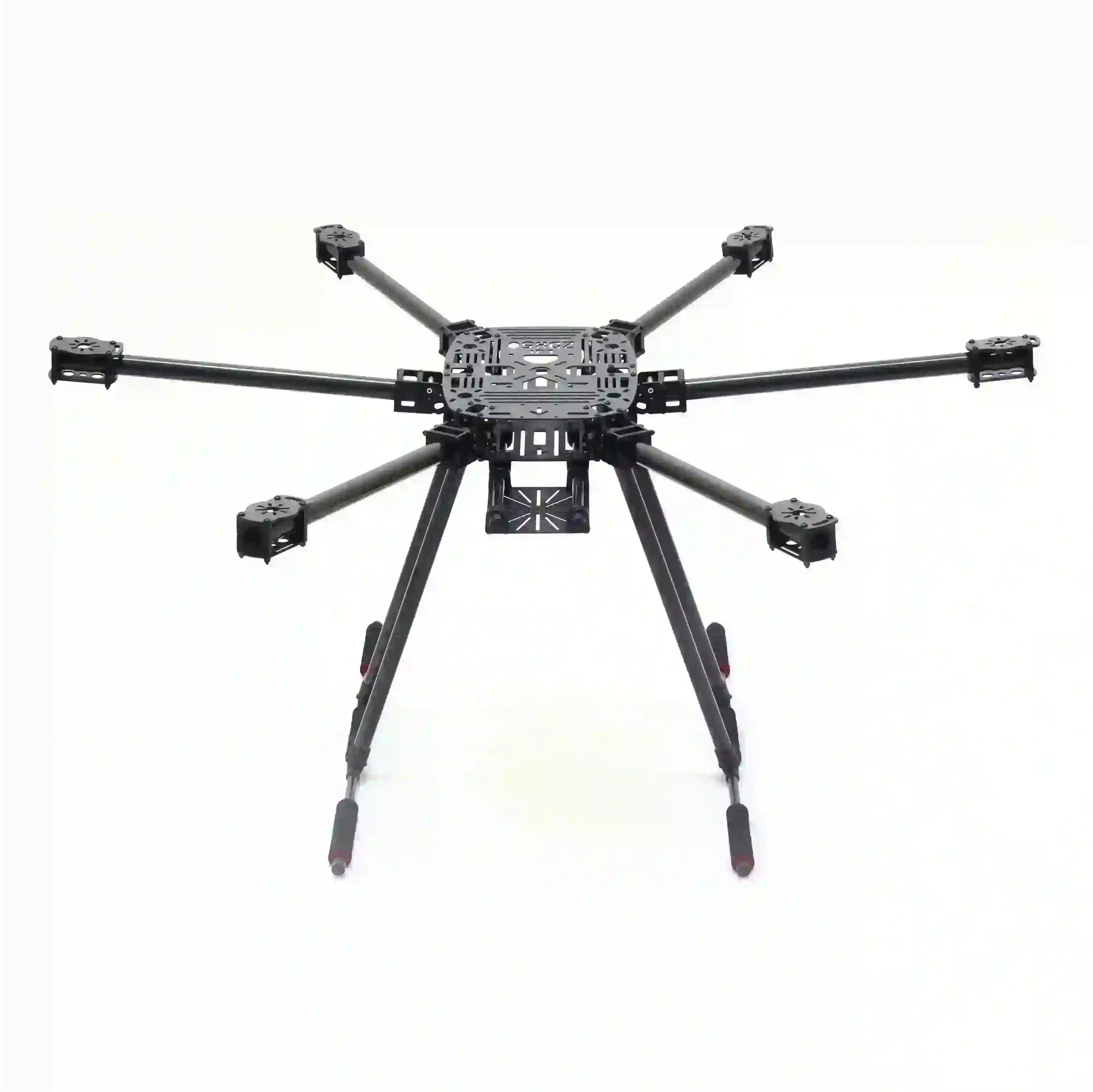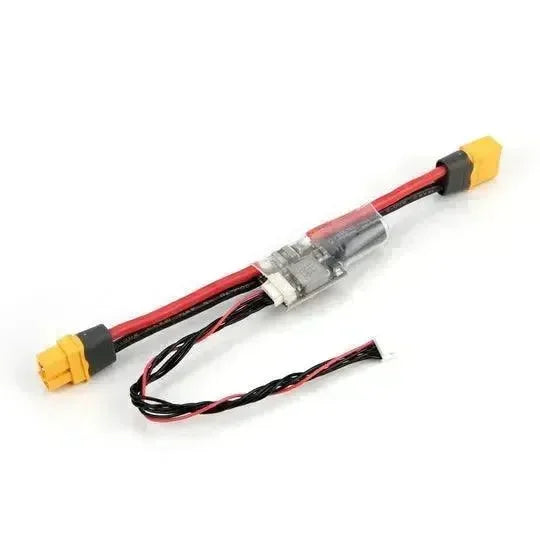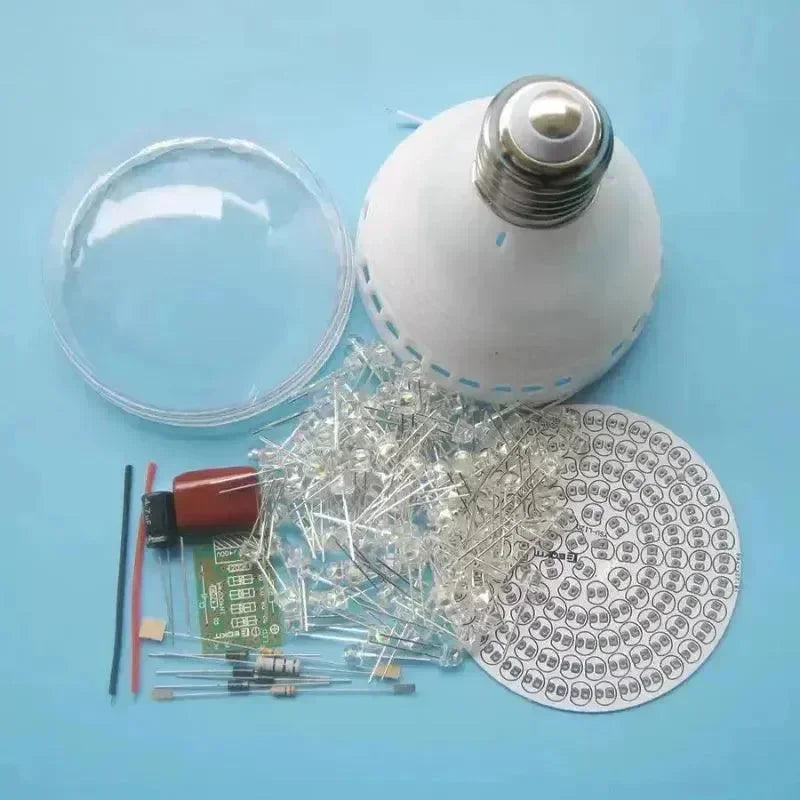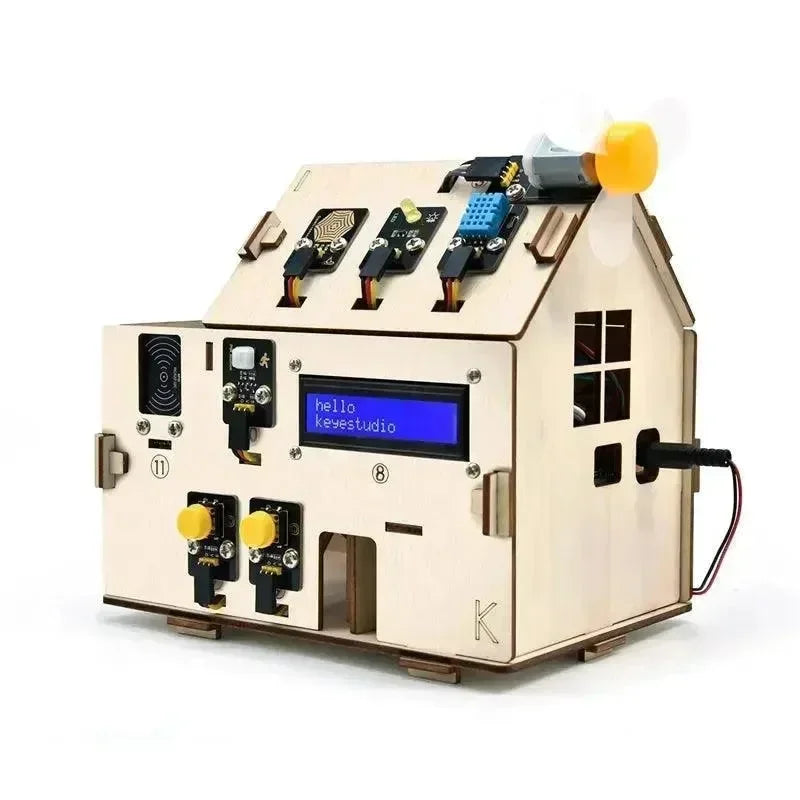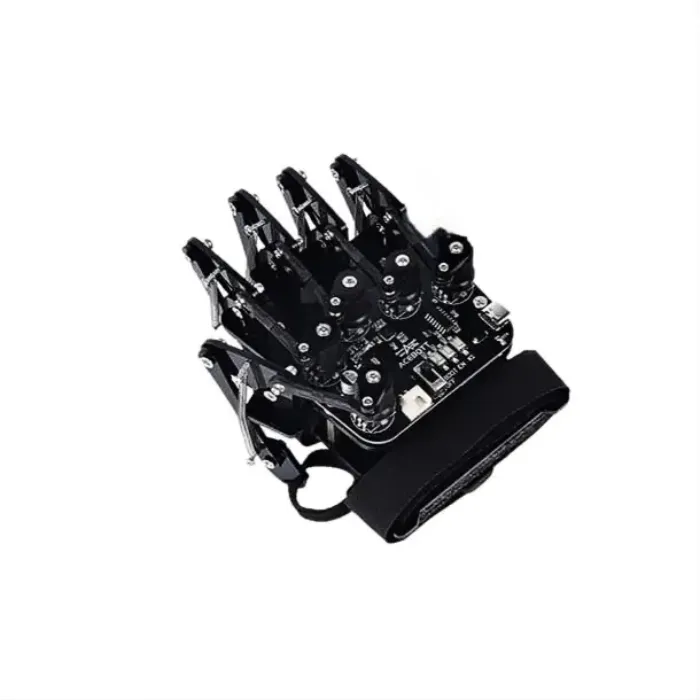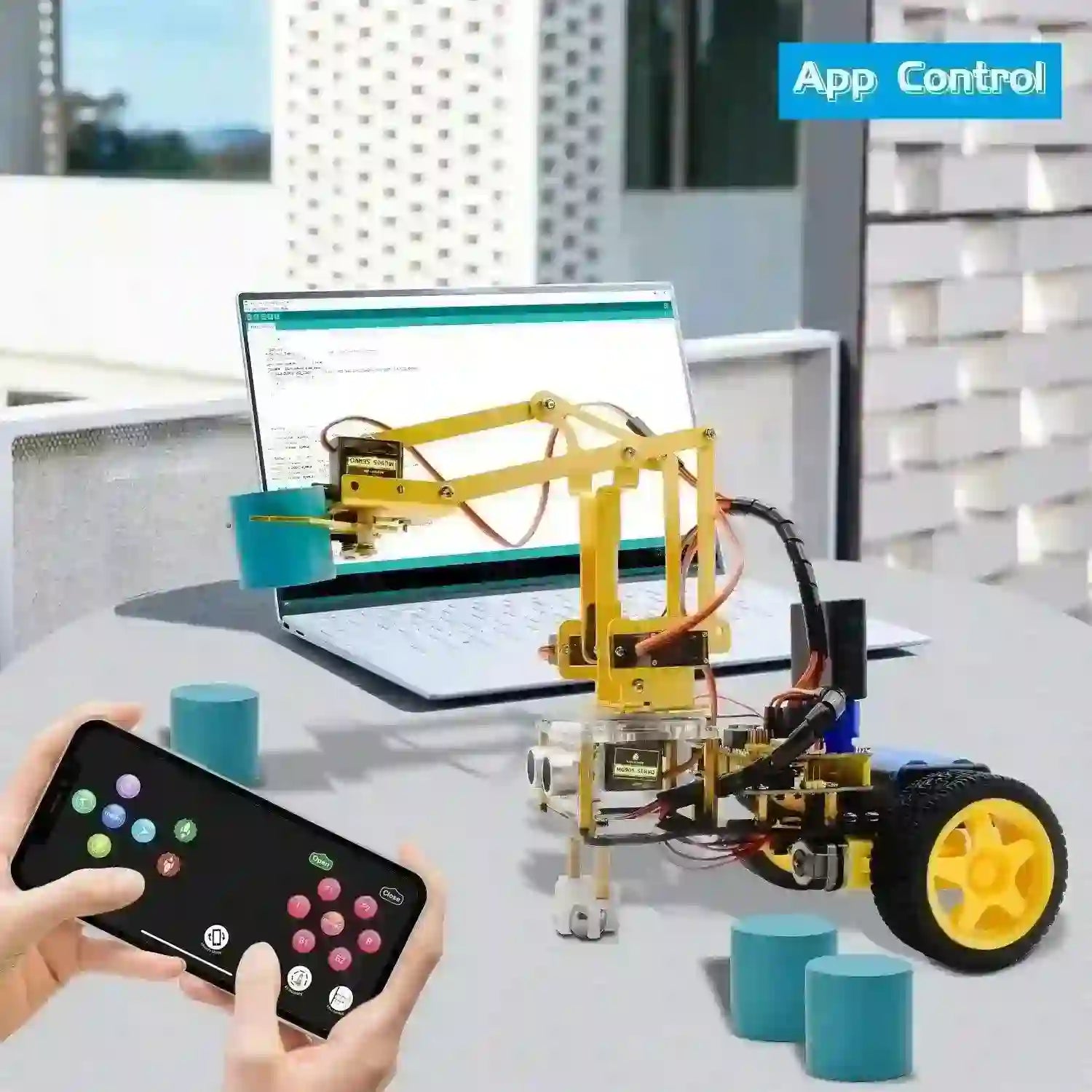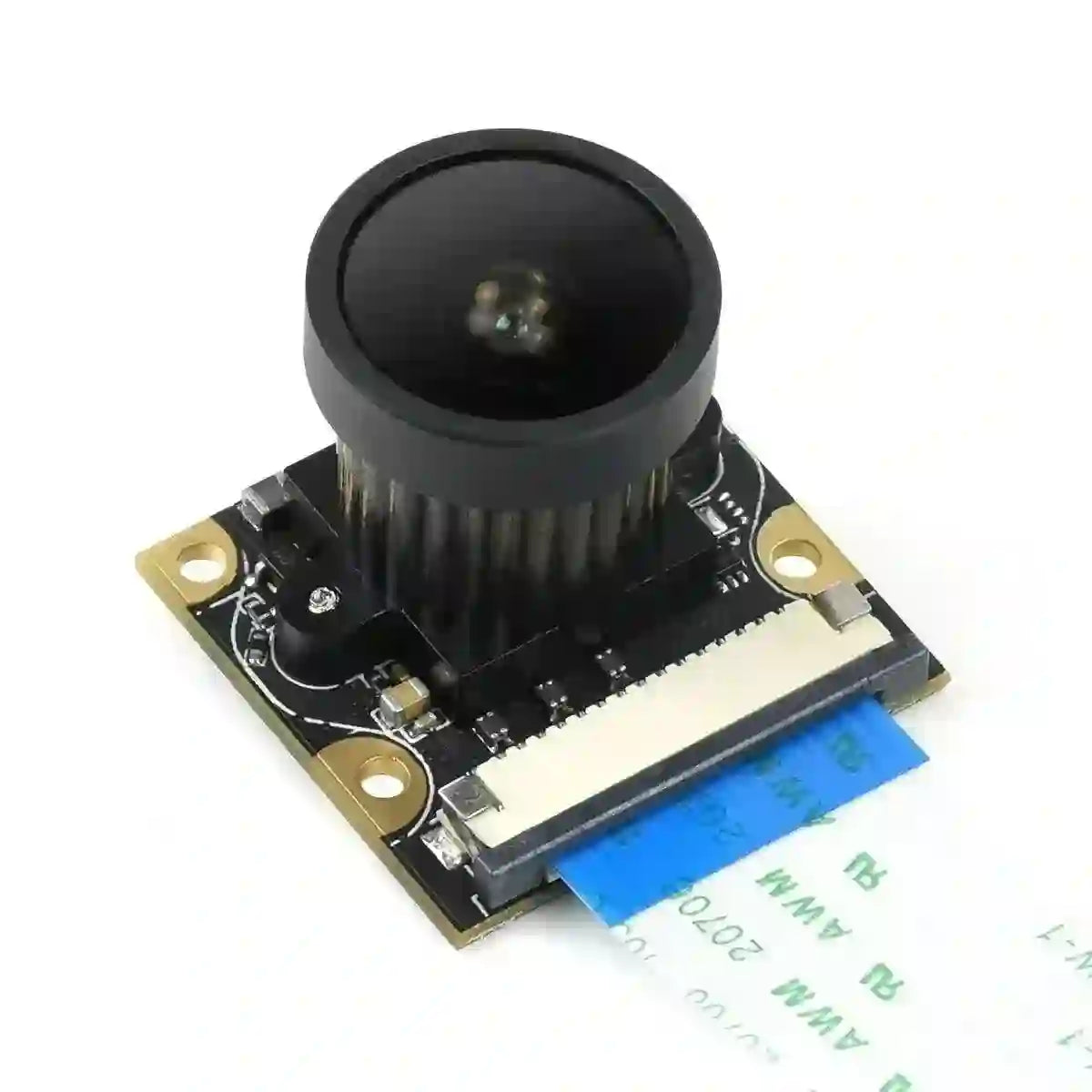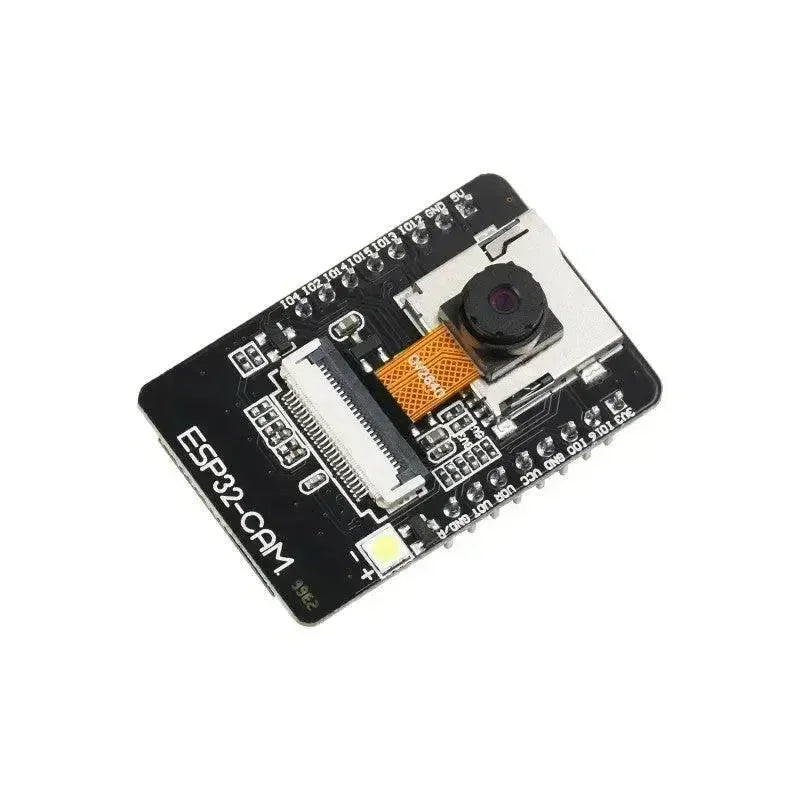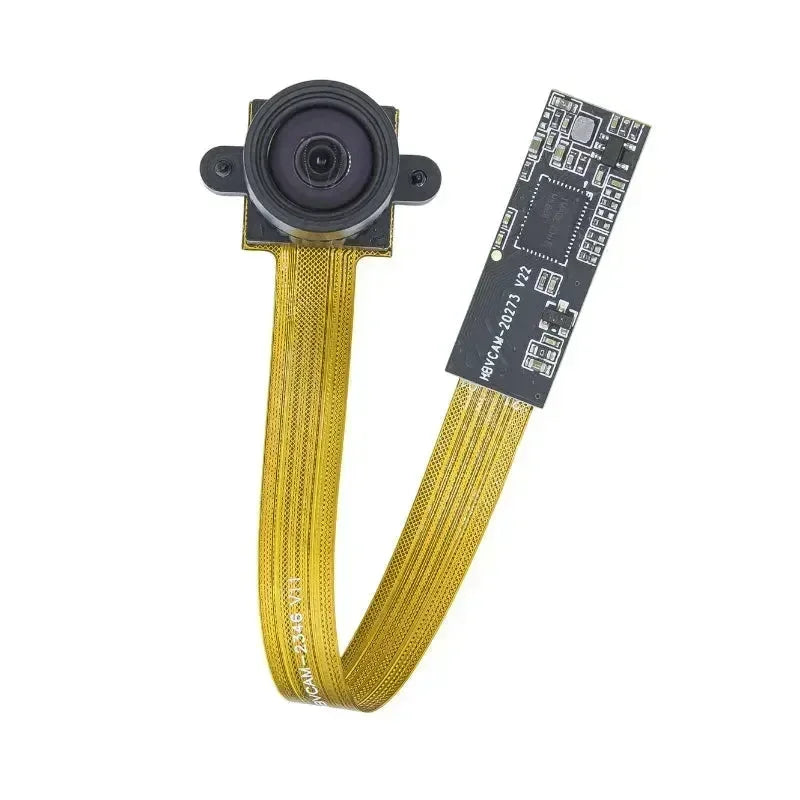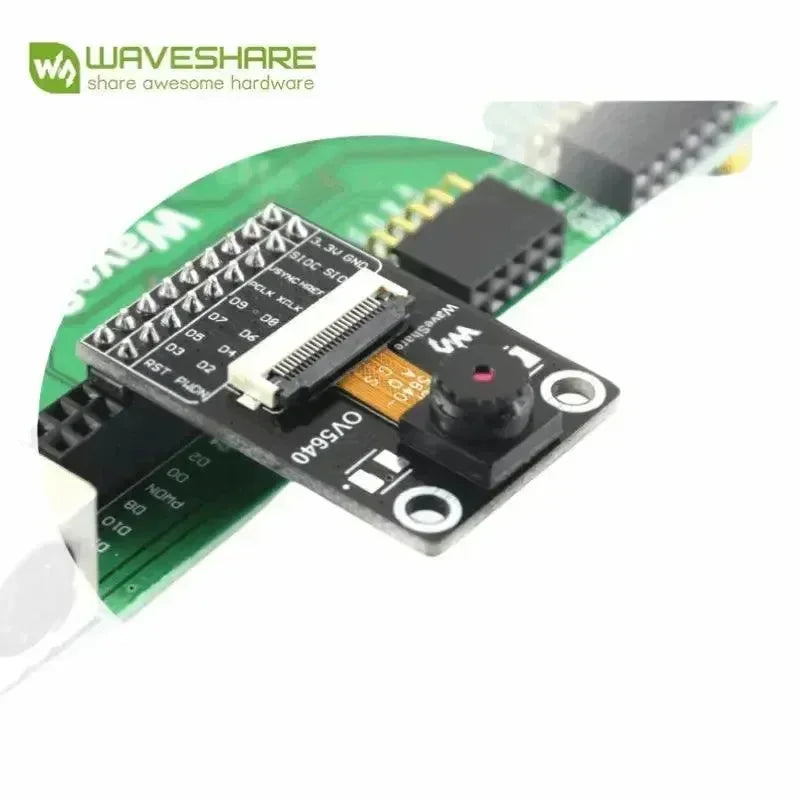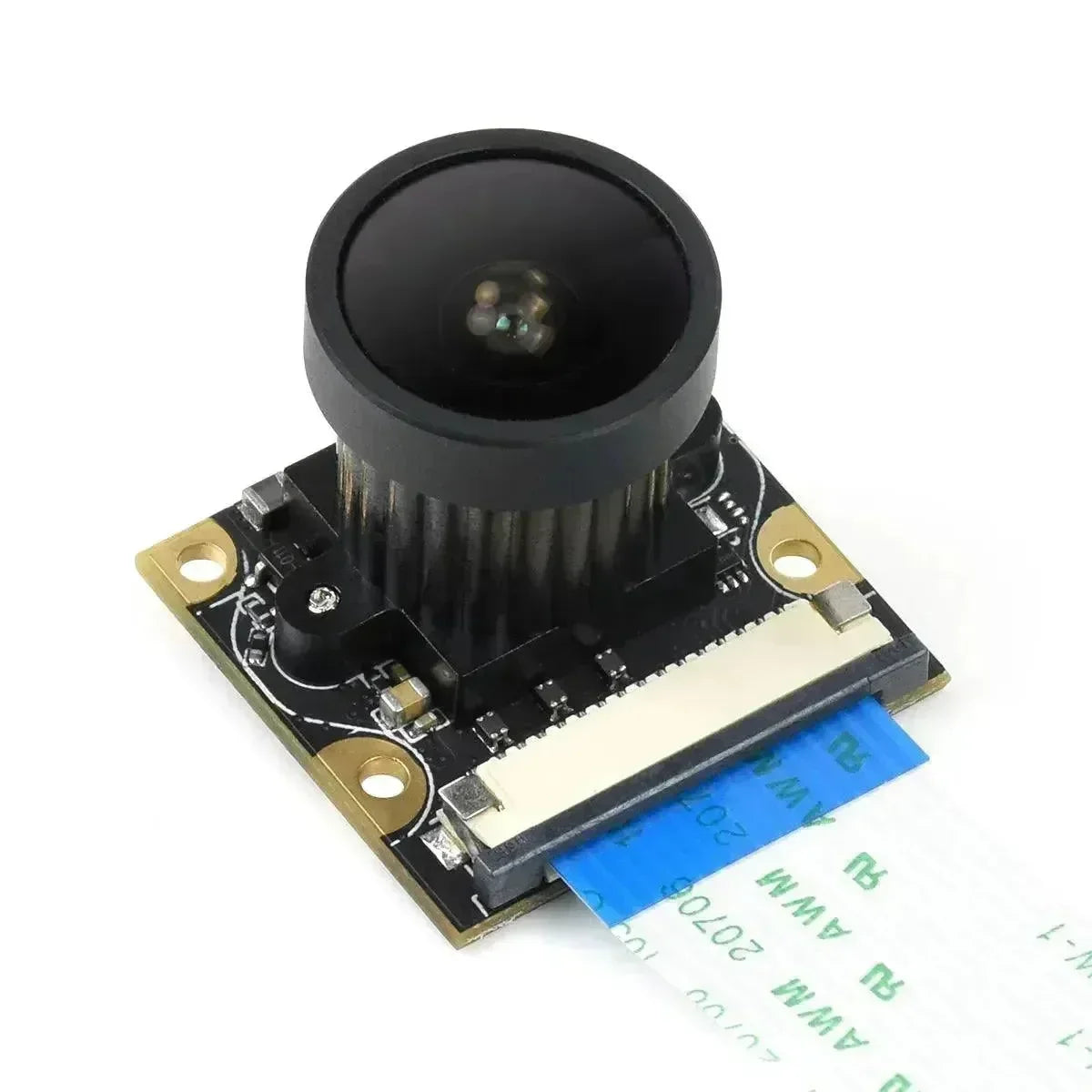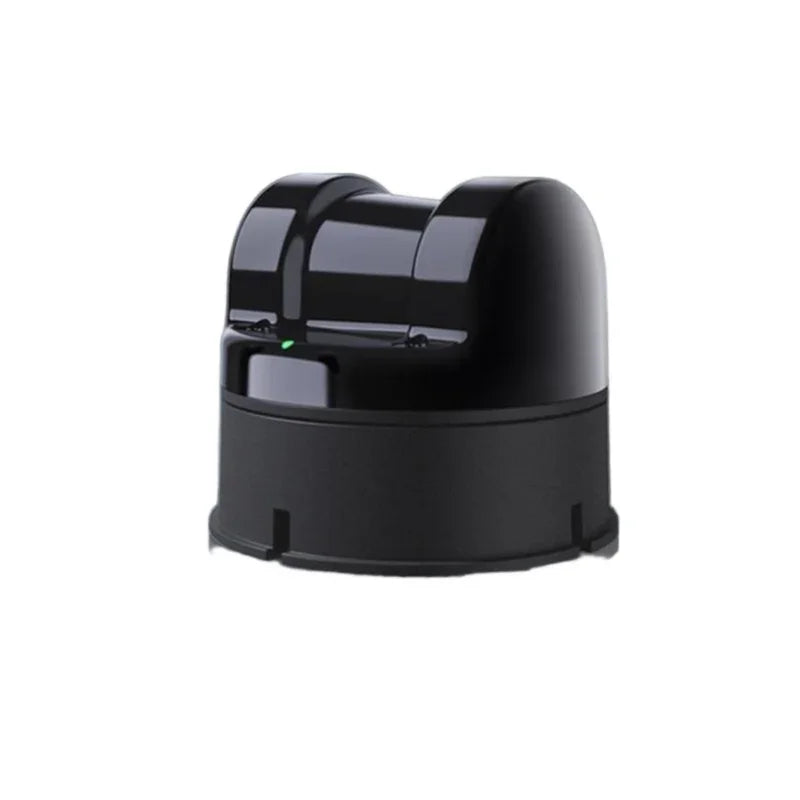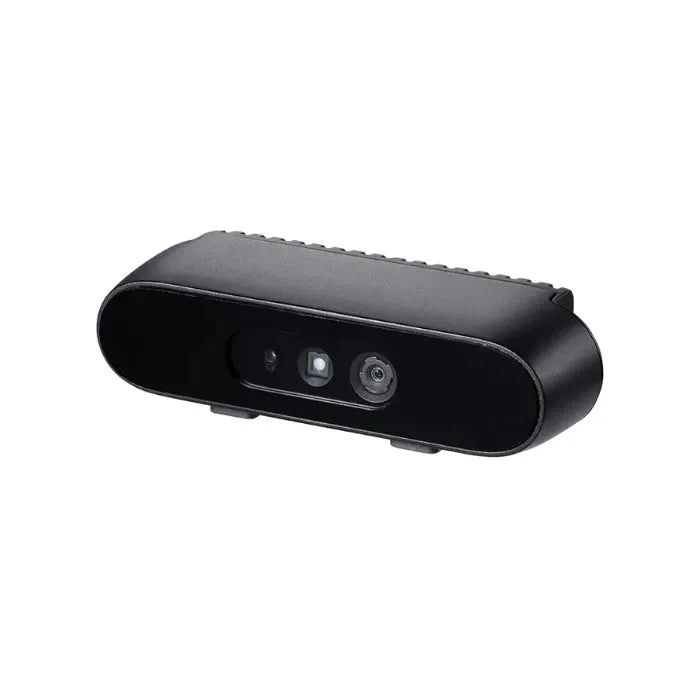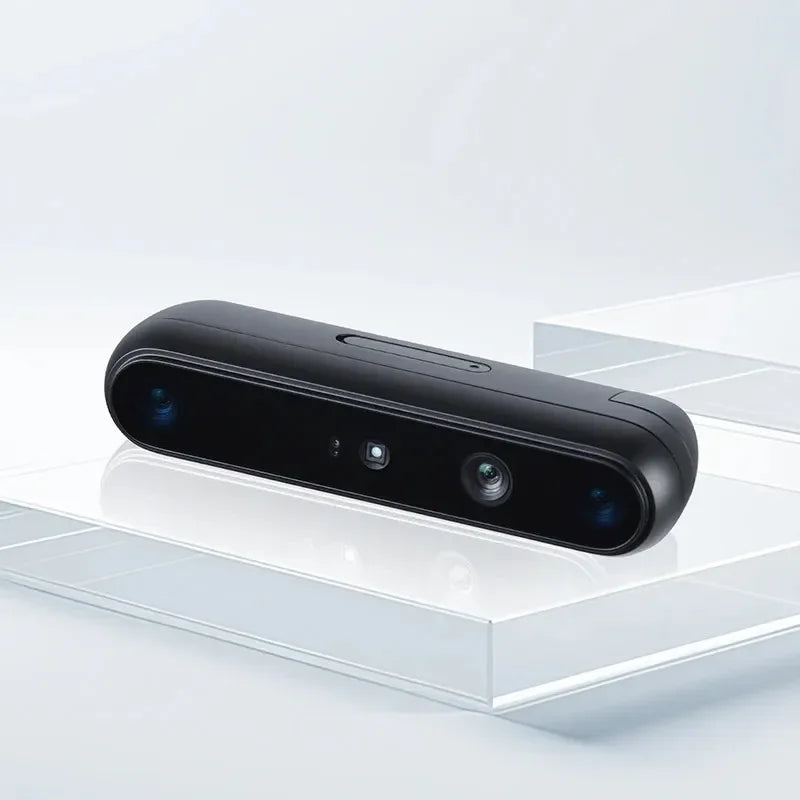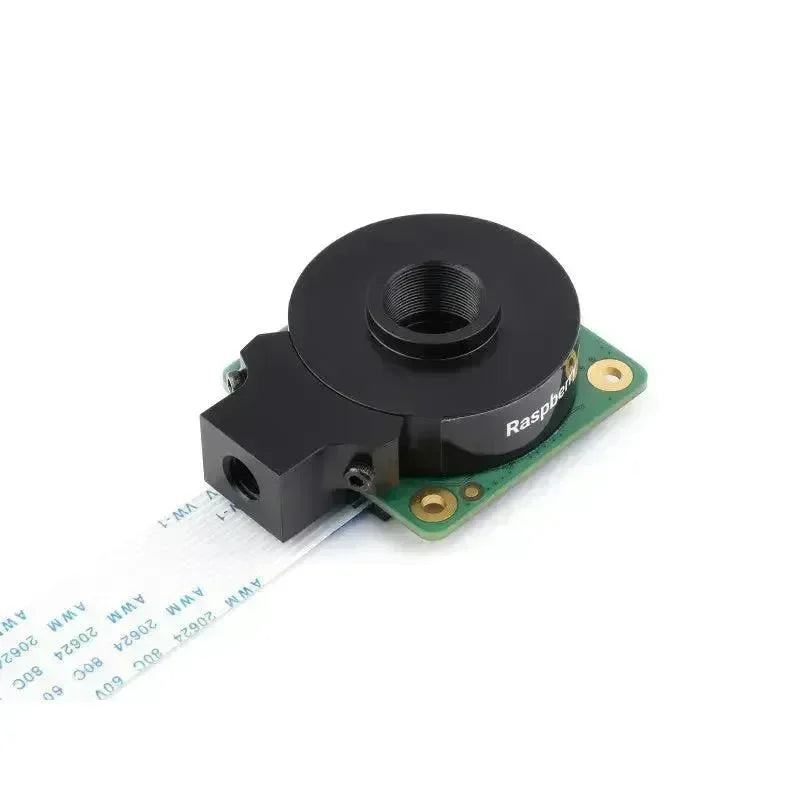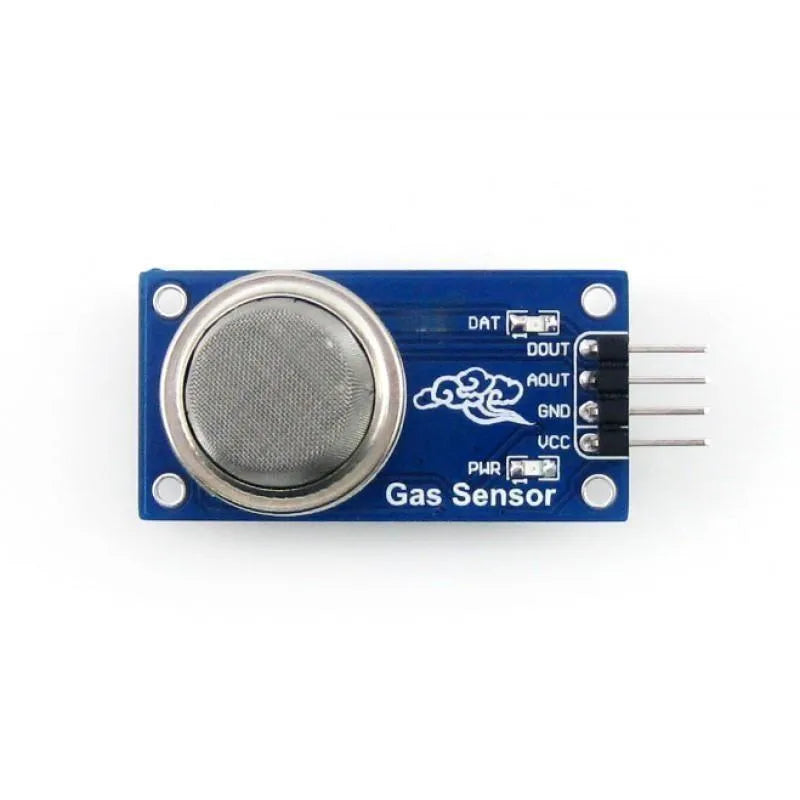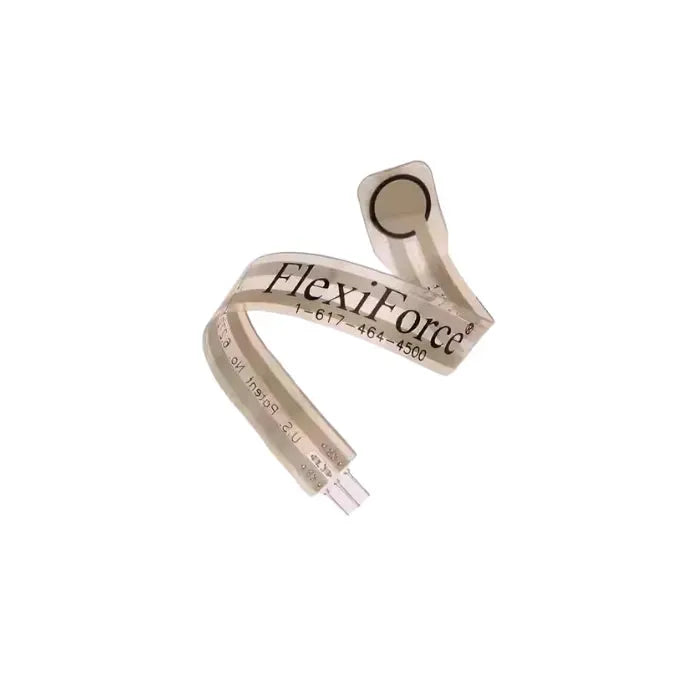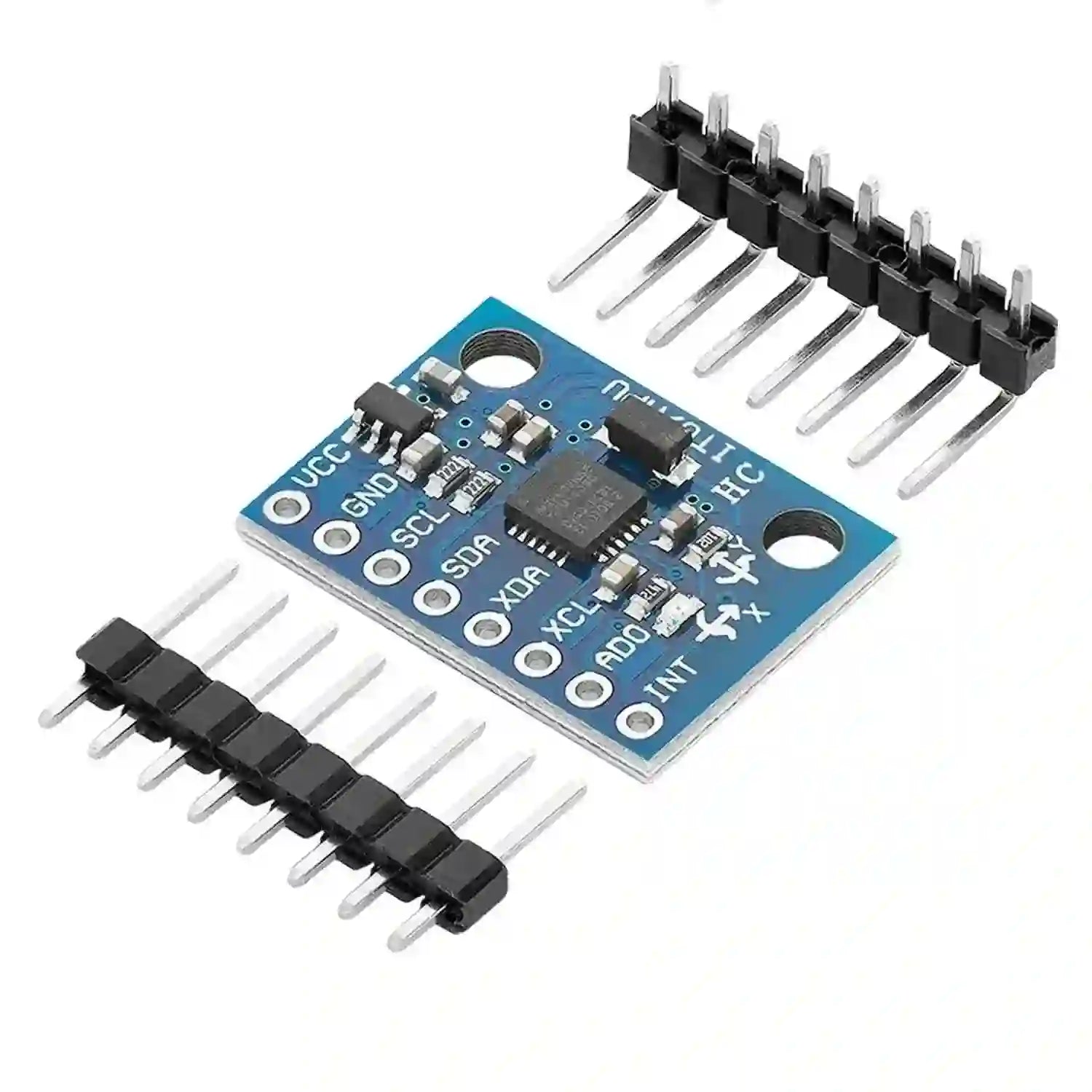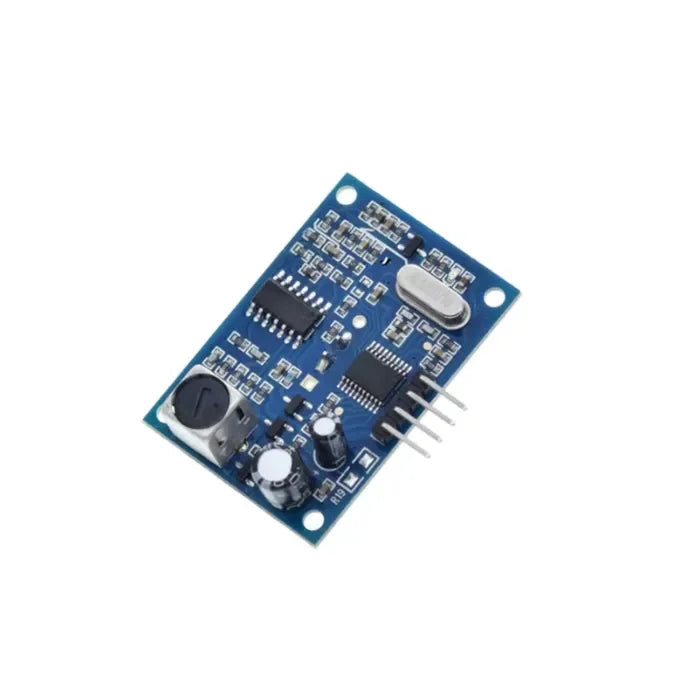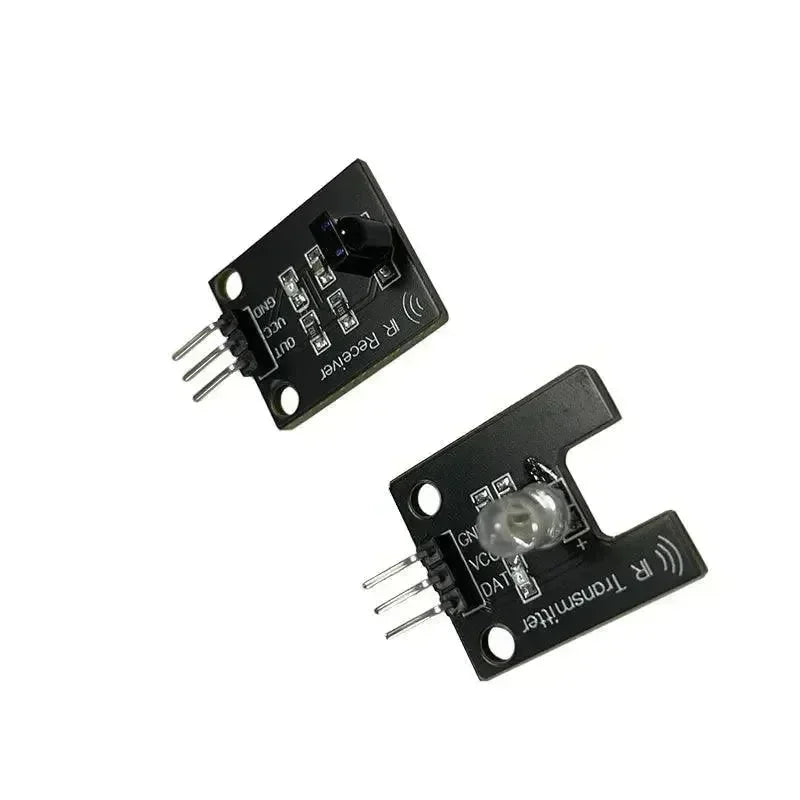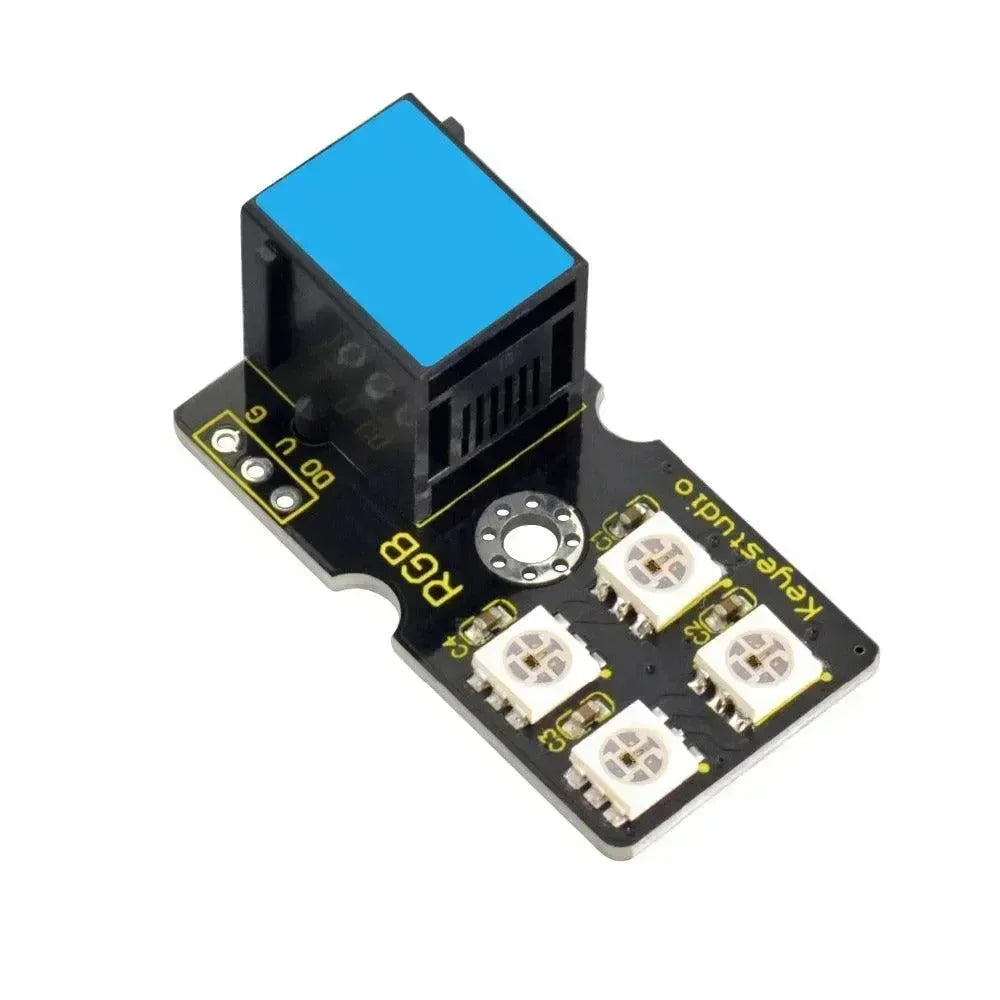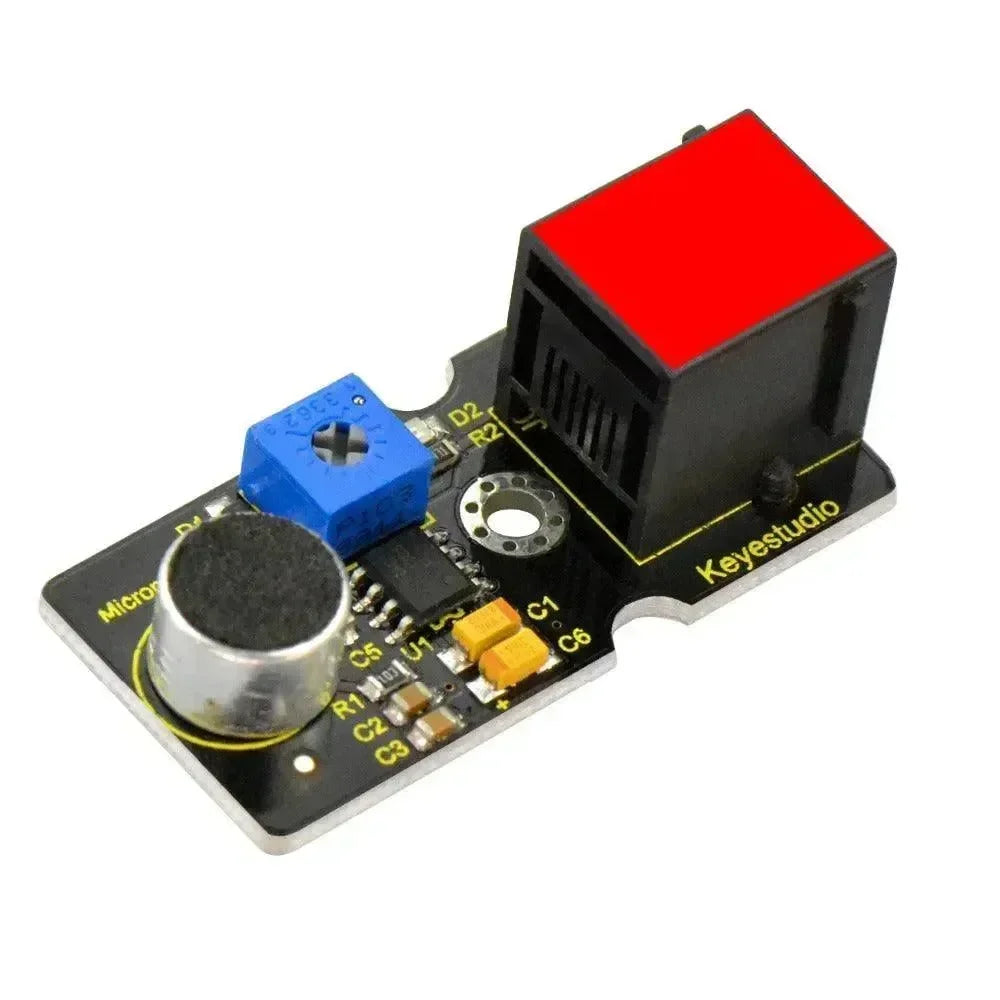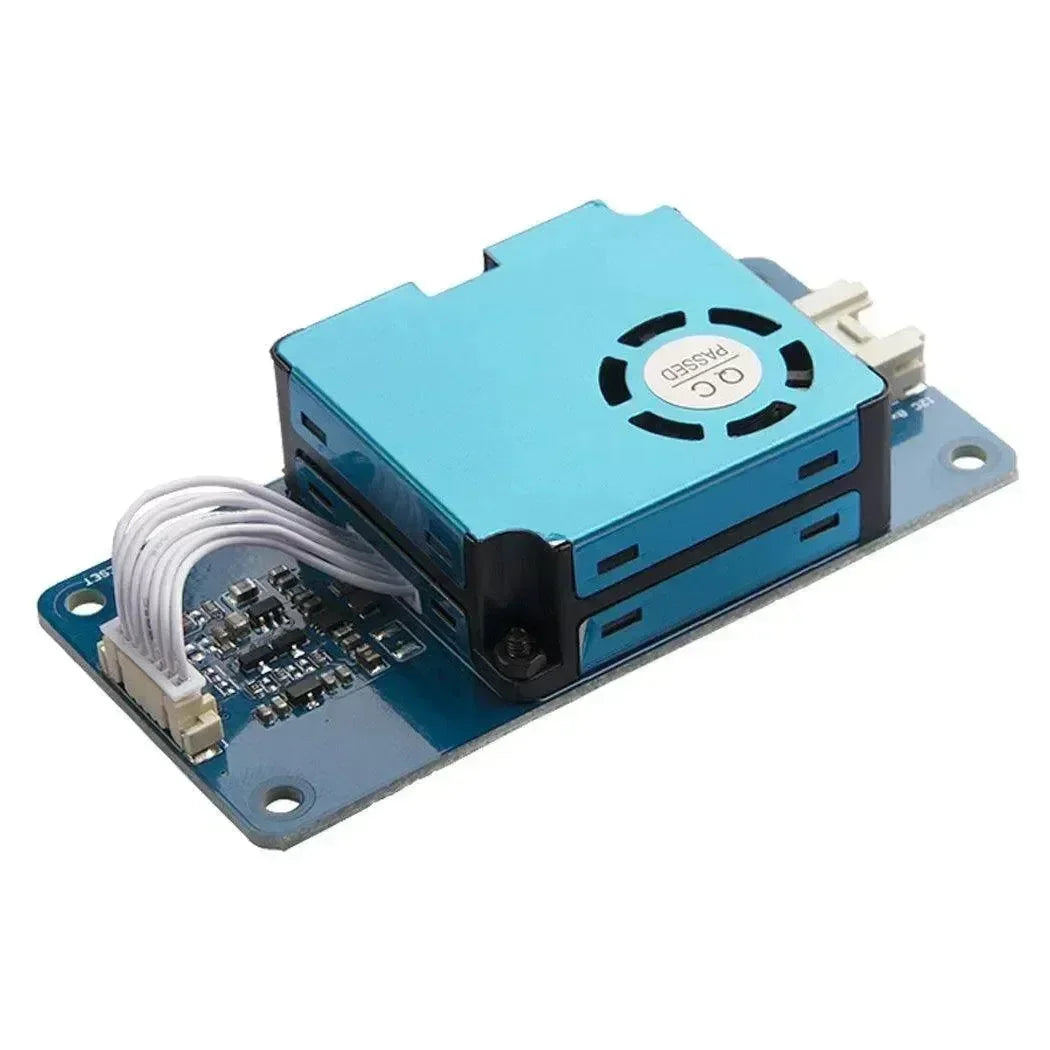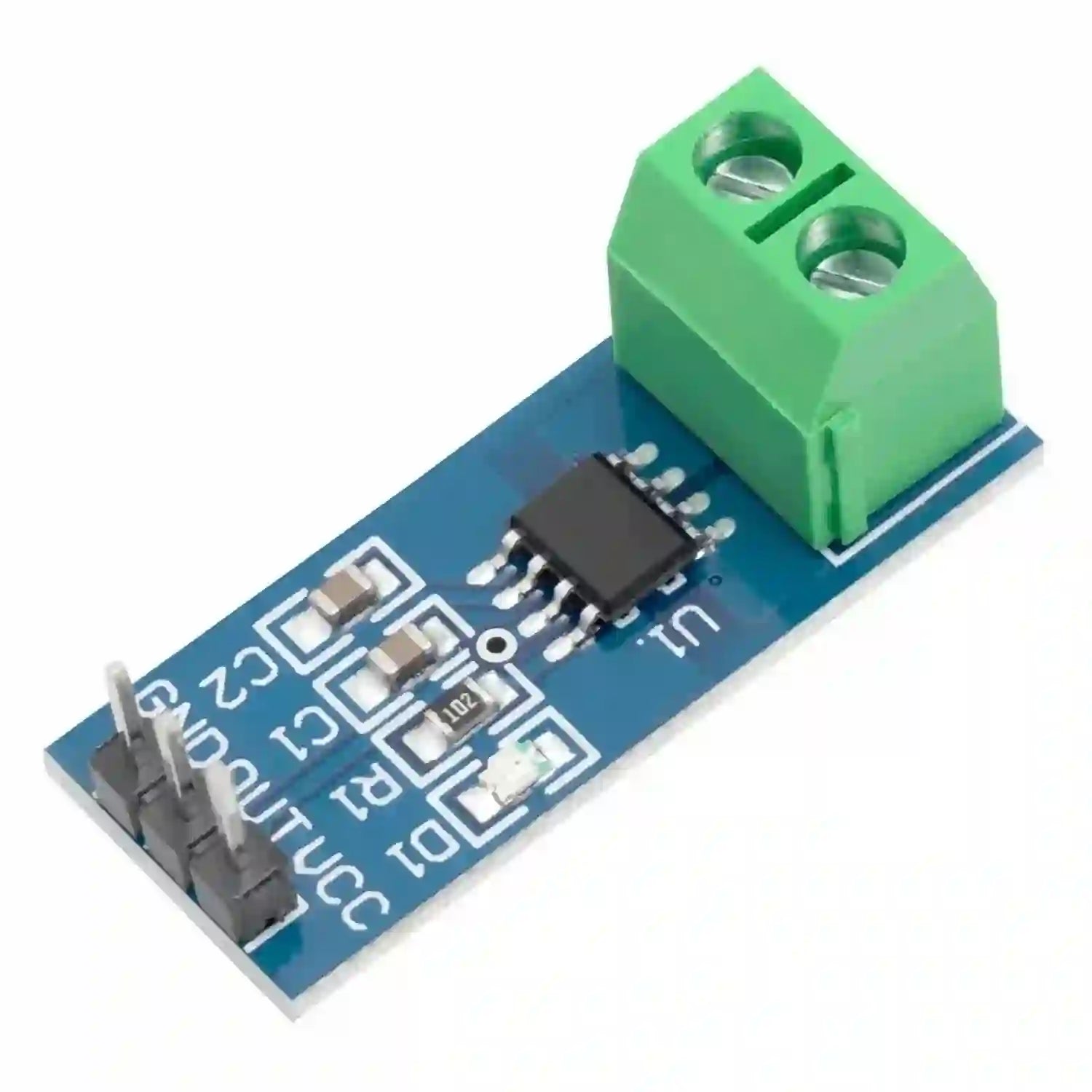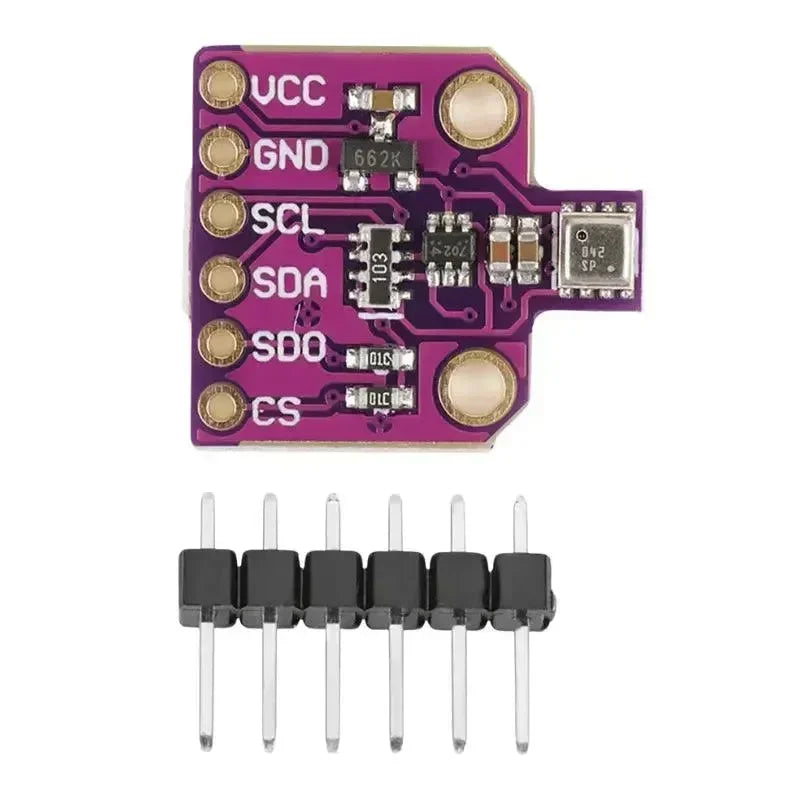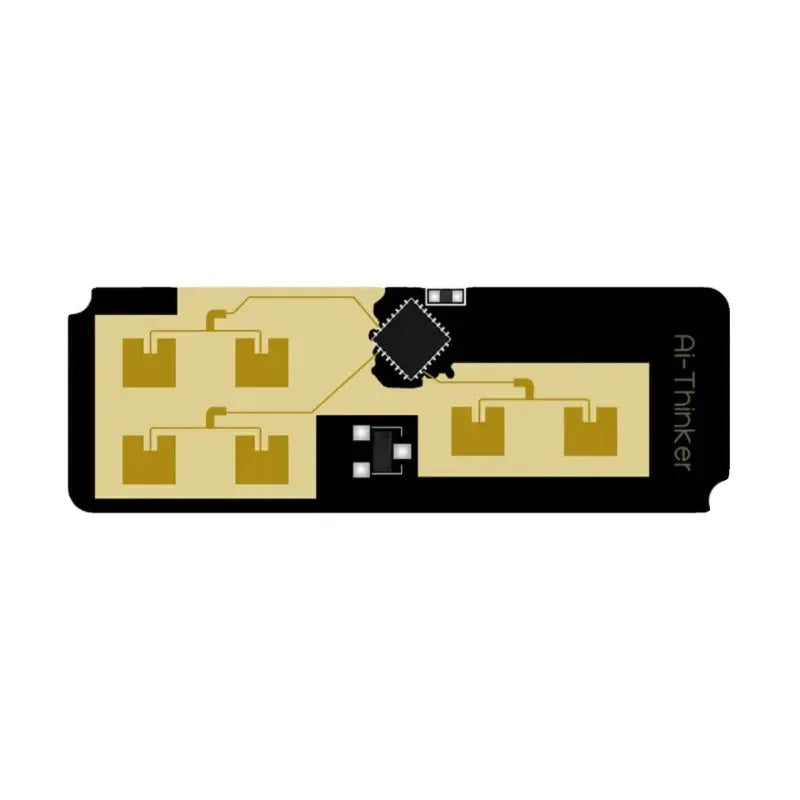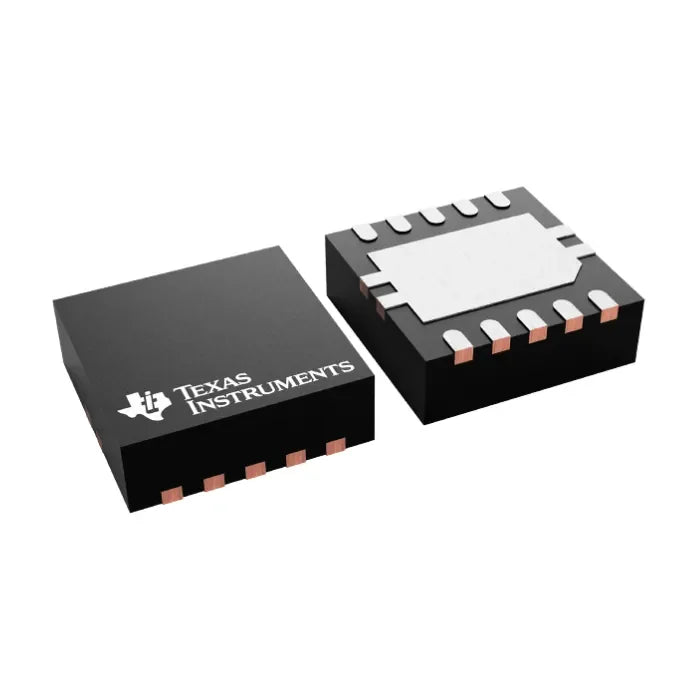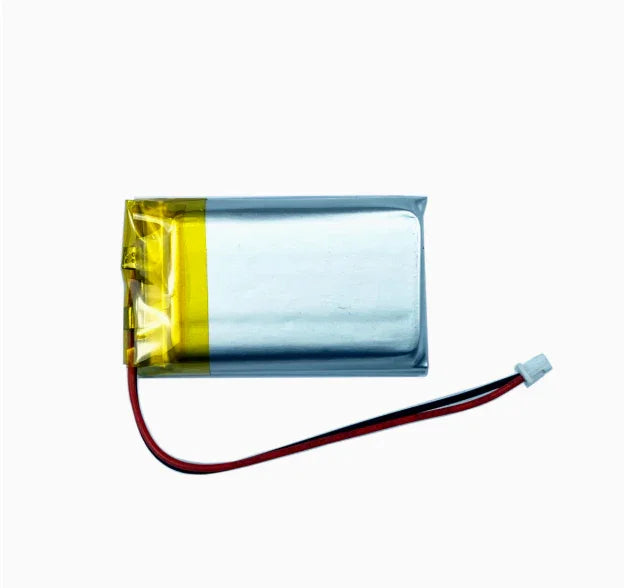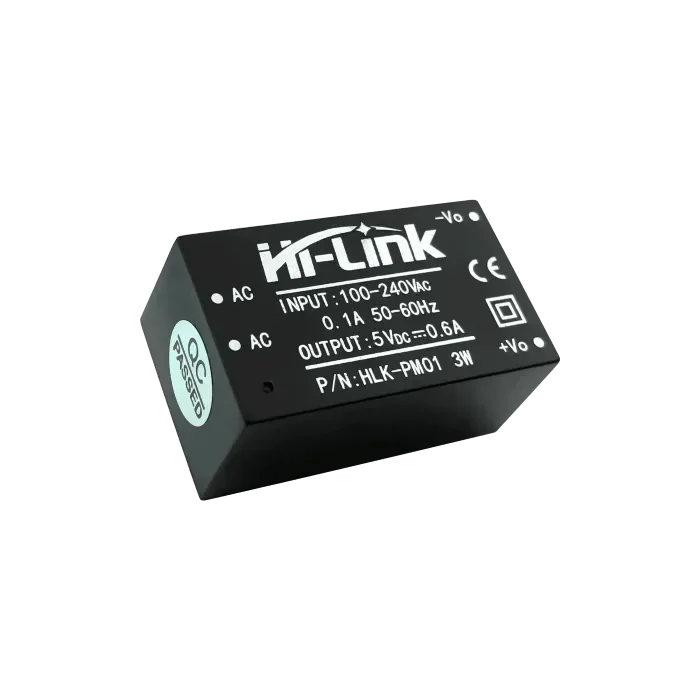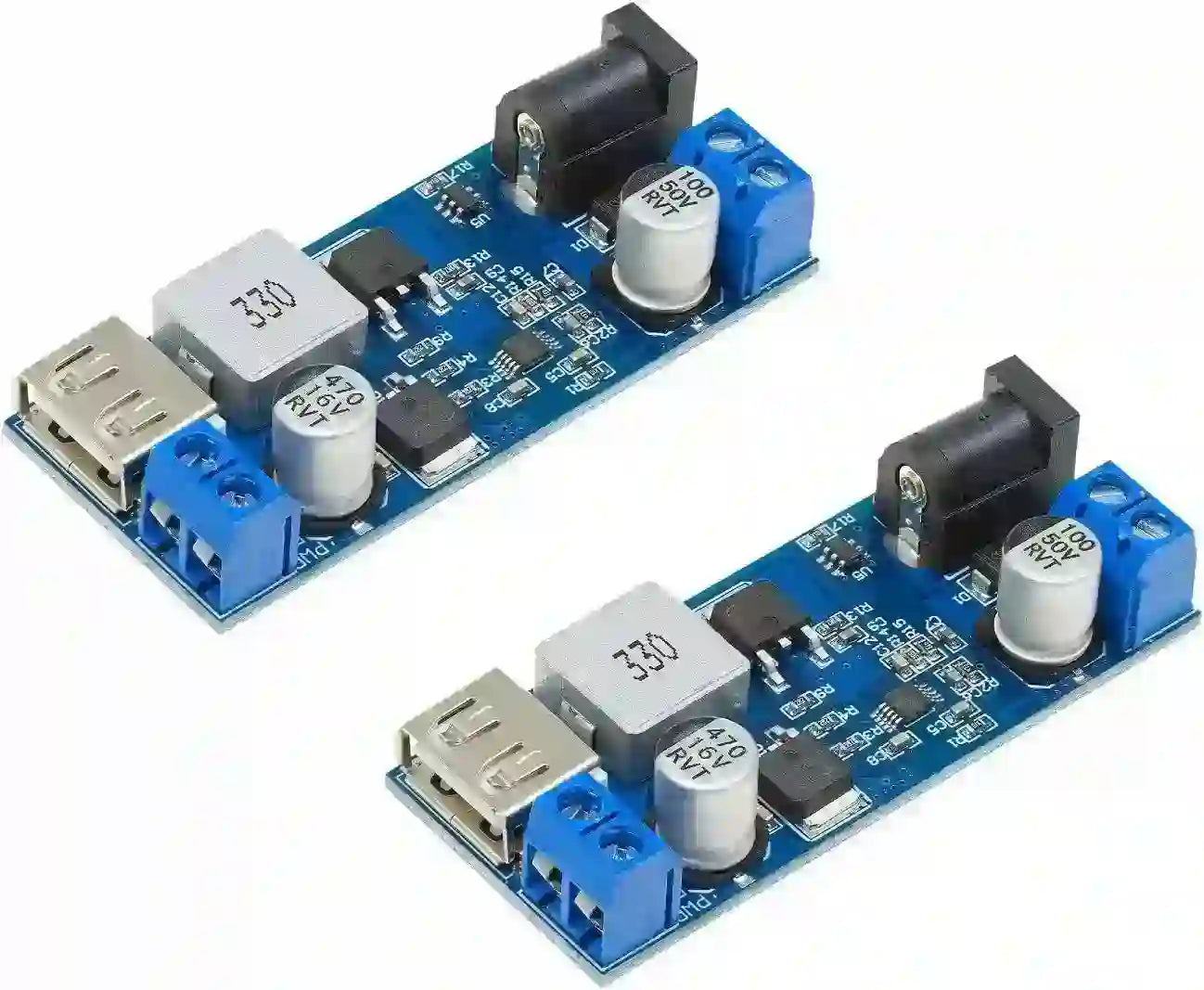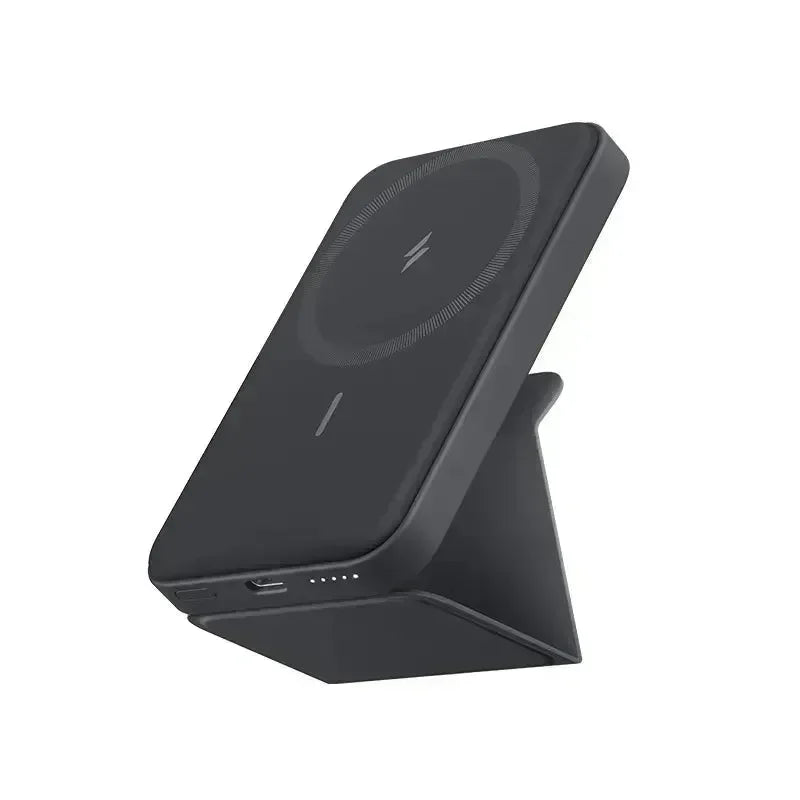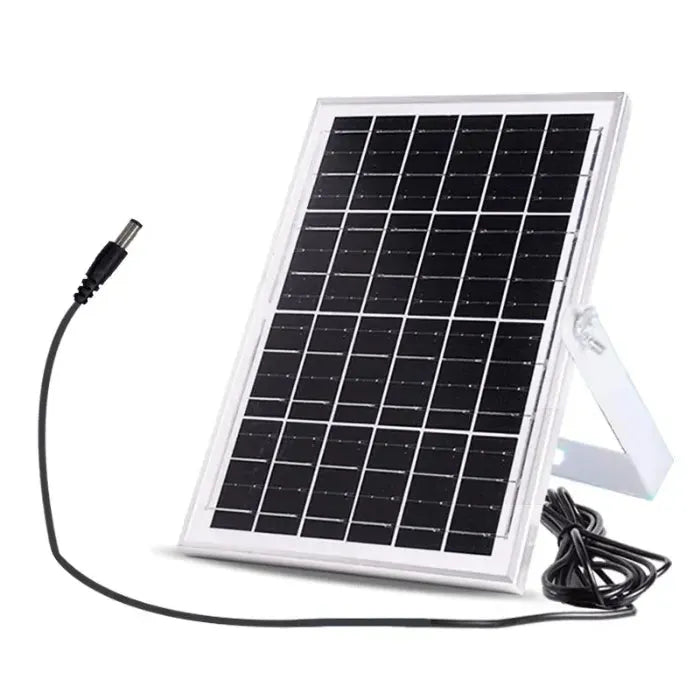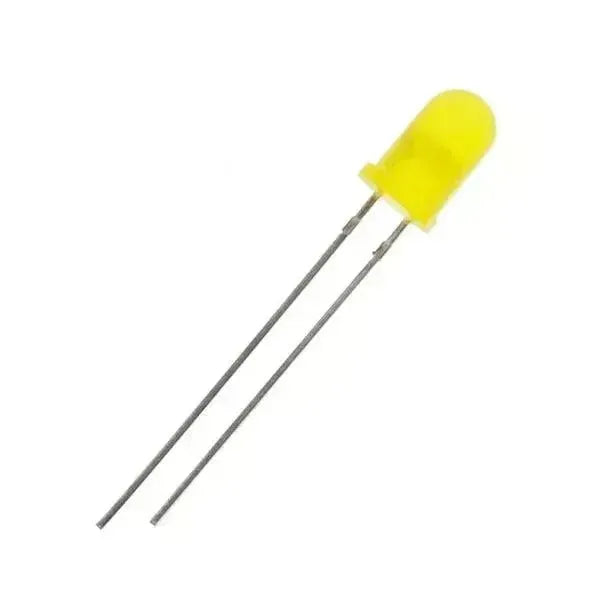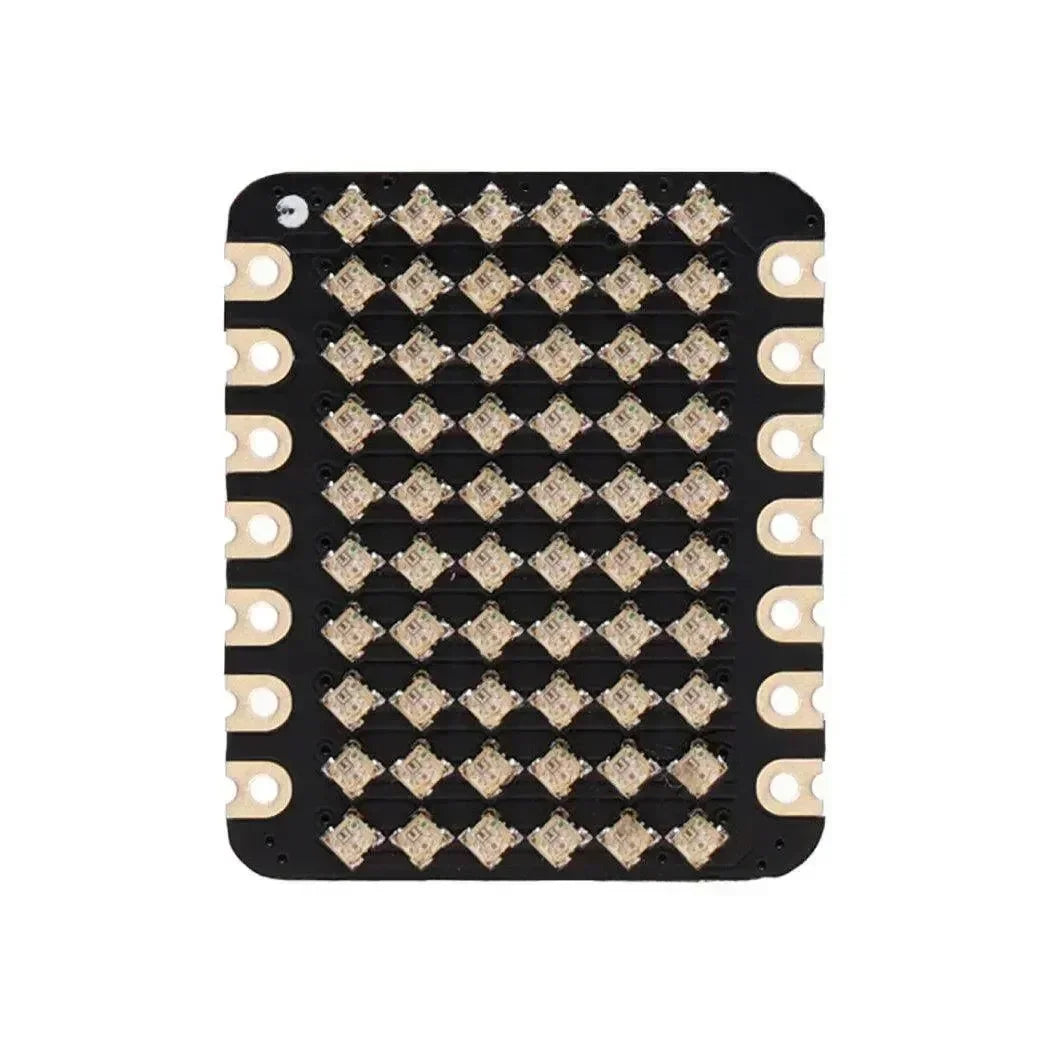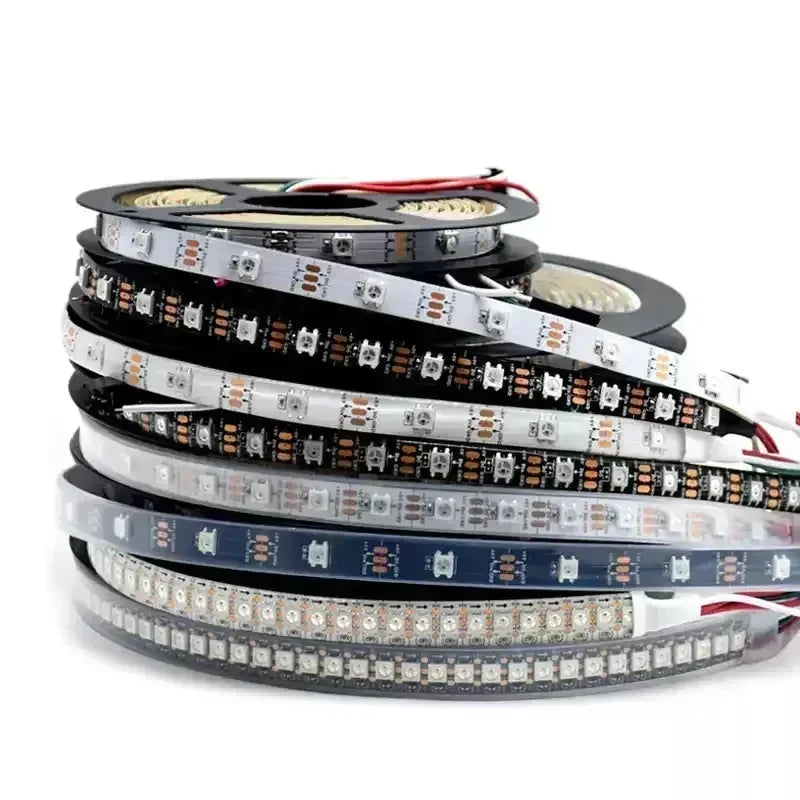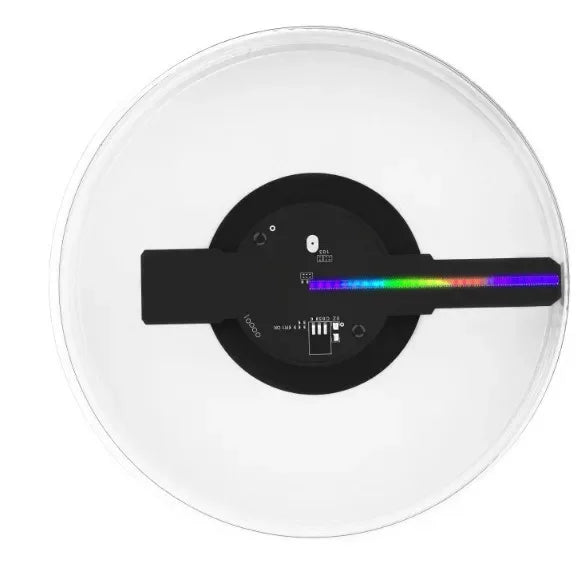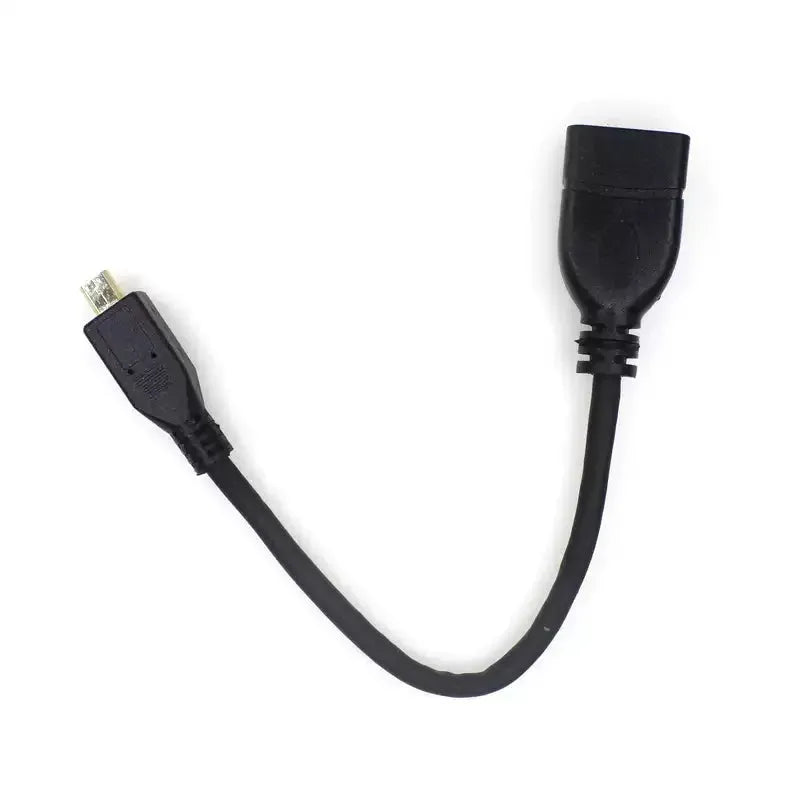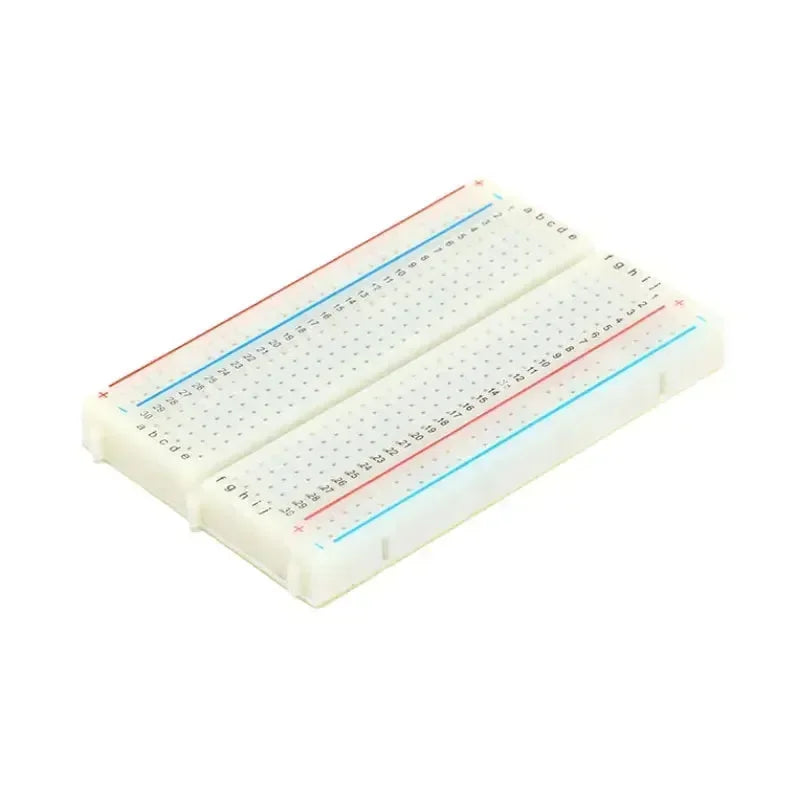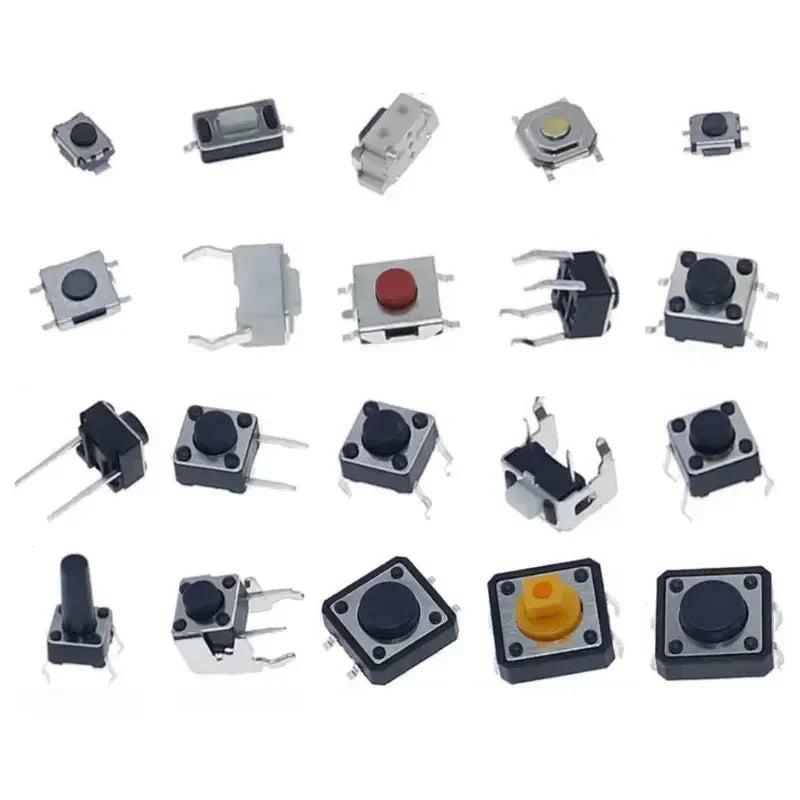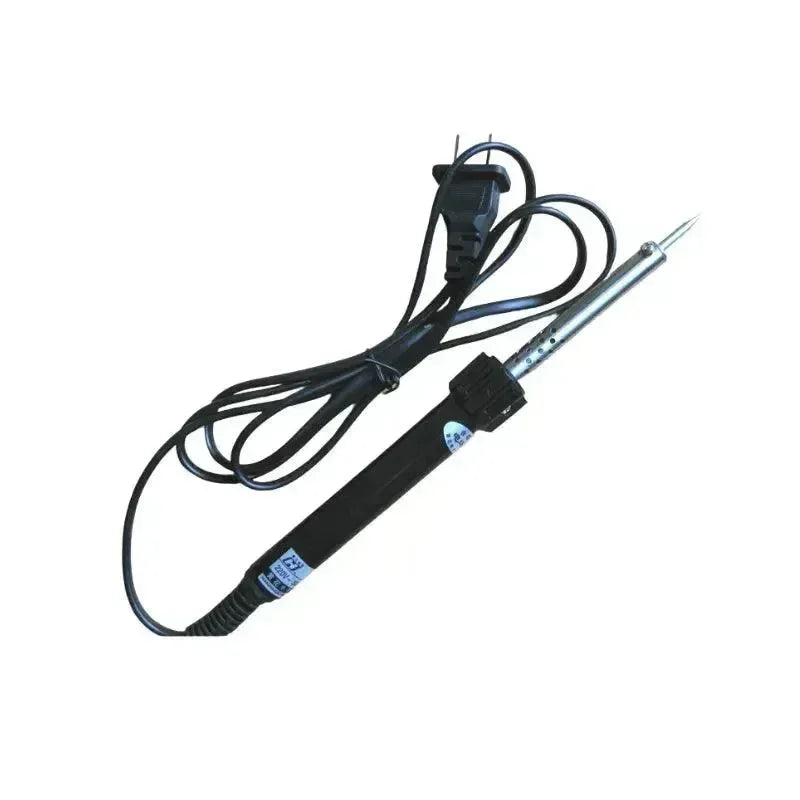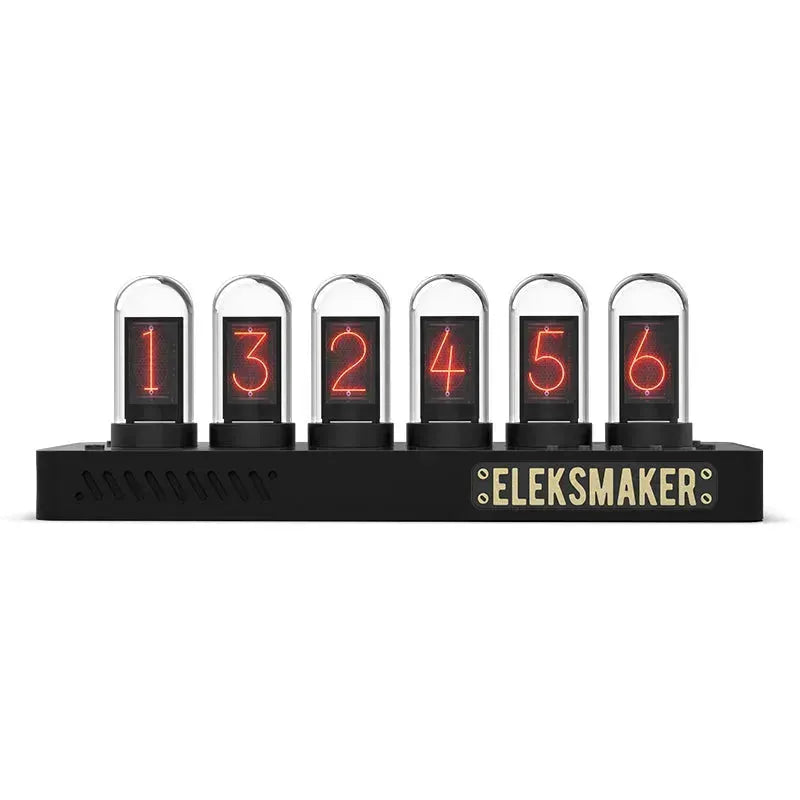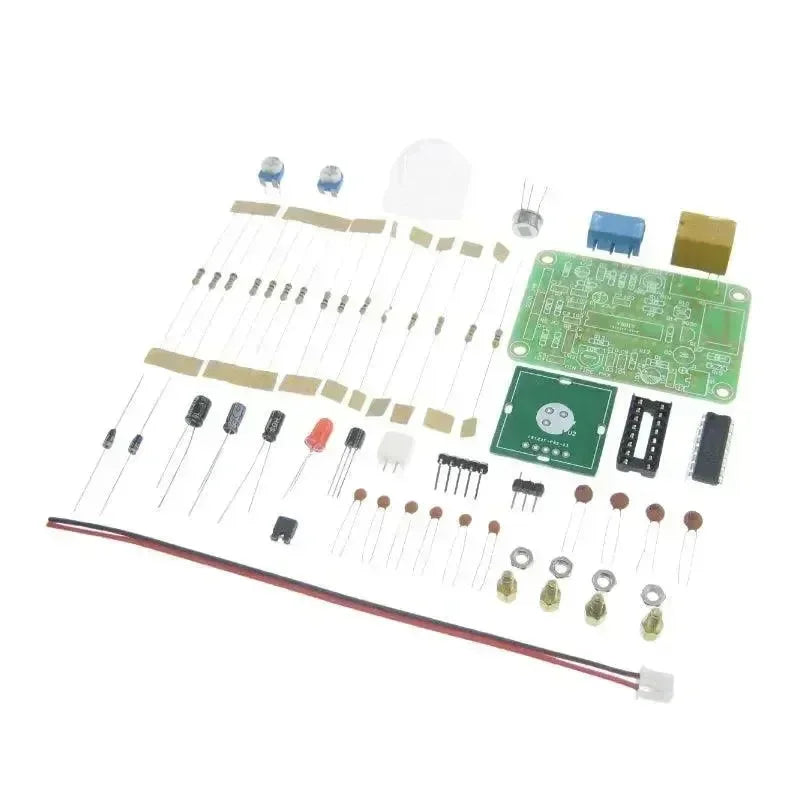
Infrared PIR Motion Sensor Switch DIY Soldering Kit
Pre-order
Free Shipping from 30€ in Germany, 50€ in the EU!
- Pre-orders will be shipped in 5 working days.
- EU & US Countries Delivery Time: 10 working days.
- Other Countries Delivery Time: 15 working days.
- Pre-Ordering: If an item is unavailable, you can pre-order it. We'll dispatch once stock is replenished. For specific delivery times, please feel free to contact us for inquiries.
- Express Shipping: Need it faster? Contact us via email or through our live chat support, and we'll arrange expedited delivery for you.

Infrared PIR Motion Sensor Switch DIY Soldering Kit
The Infrared PIR (Passive Infrared) Motion Sensor Switch DIY Soldering Kit is a practical project for hobbyists, students, and engineers to explore motion-sensing technology. This kit provides hands-on experience in assembling a fully functional motion sensor switch capable of detecting human presence and controlling a relay based on movement within the sensing area.
This kit is ideal for creating automatic lighting systems, security alarms, or other motion-activated devices.
Features
-
Fully automatic sensing:
- When a person enters the sensing range, the relay is triggered (the red LED lights up).
- After the person leaves, the relay will release automatically after a delay (the red LED turns off).
-
Photoresistor control:
- (Not included in the kit; users can install a photoresistor of their choice.)
- The photoresistor can disable sensing during the day or in bright environments.
-
Two trigger modes (set by jumper cap):
-
a. Non-retriggerable mode:
- When the sensor detects motion and the relay is activated, the relay will release after the set delay time, regardless of further movement.
-
b. Retriggerable mode:
- When the sensor detects movement, the relay stays activated.
- If there is continuous movement within the delay period, the relay remains activated, and the delay resets. The relay only releases after no movement is detected, plus the delay time starting from the last movement.
-
a. Non-retriggerable mode:
Parameters
- Operating Voltage: 4.5 – 5V
- Standby Current: 65µA
- Operating Current: 40mA
- Load Power: ≤ 300W
- Block Time: 2.5 seconds
- Delay Time: 4 – 300 seconds
-
Trigger Modes:
- L: Non-retriggerable
- H: Retriggerable
- Sensing Range: Less than 120° cone angle, adjustable within 5 meters
- Operating Temperature: -15°C to +70°C
- Lens Diameter: 24mm
- Sensor PCB Dimensions: 27 × 27 mm
- Control PCB Dimensions: 40 × 60 mm
Notes
- If you choose a version with a photoresistor included, do not install the photoresistor immediately. Test the module first to ensure it works normally. Install the photoresistor only after verifying normal operation, as the module requires a dark environment to function properly once the photoresistor is installed.
- During the first power-up, the sensor needs around 1 minute to initialize. During this time, the relay will engage and release about three times before entering standby mode and becoming operational.
- For initial use, set the delay potentiometer (VR2) to the minimum (MIN), and the distance potentiometer (VR1) to the maximum (MAX) to test the module’s functionality.
- Avoid direct light interference on the lens from nearby sources like lamps to prevent false triggers. Also, avoid placing the module in areas with moving air, as wind can interfere with detection.
- Positioning tips: Align the sensor window parallel to the direction where human activity is most frequent. To enhance the sensing range, a lens can be added to the front of the sensor. Note that the sensor’s sensitivity is stronger on the left and right sides compared to the top and bottom directions.
1. General Shipping Information
- We provide premium shipping methods with a tracking number for each order.
-
Shipping address should be input in English without any special symbols to help the courier company recognize your address in the system. We will ship according to the shipping address you provided. Please notify us of any address change before your order is marked "Shipped" to avoid parcel loss.
-
Please contact our customer service staff immediately if you need to cancel or change an order. Once your order has reached "Shipped" status, it can no longer be canceled or changed in any way. To avoid complications, please recheck your shopping cart before checkout.
-
We can ship all in-stock orders within 1 business day as your order has been confirmed.
-
All items are inspected before dispatch and are carefully hand-packed.
-
With standard courier practice, you need to check the contents of the parcel before signing for your goods. Otherwise, we will not be held responsible for any damage that may have occurred in transit.
2. Shipping Options for Germany, EU* countries and US
(For Products in Munich Warehouse, Long Beach Warehouse)
2.1 Orders with a value not exceeding €5:
Shipping Options:
| Shipping Options | Germany | EU* |
|---|---|---|
|
Deutsche Post |
€6 Arrive in 3-4 Business Days |
€15 Arrive in 5-9 Business Days |
| Shipping Options | Continental U.S. | Non-Continental U.S. |
|---|---|---|
|
USPS Ground Advantage |
€7.95 Arrive in 3-7 Business Days |
€8.95 Arrive in 5-9 Business Days |
|
UPS Express |
€13.95 Arrive in 2-4 Business Days |
€17.95 Arrive in 3-7 Business Days |
2.2 Shipping options for an order value between €5 and €30 inside Germany, €5 and €50 inside the EU, or €5 and €45 in the U.S.:*
Shipping Options:
| Shipping Options | Germany | EU* |
|---|---|---|
|
Deutsche Post |
€3.5 Arrive in 3-4 Business Days |
€6 Arrive in 5-9 Business Days |
|
DHL Paket |
€6 Arrive in 2-3 Business Days |
€15 Arrive in 3-7 Business Days |
|
DHL Express |
€14 Arrive in 1-2 Business Day |
€65 Arrive in 2-3 Business Days |
| Shipping Options | Continental U.S. | Non-Continental U.S. |
|---|---|---|
|
USPS Ground Advantage |
€4.95 Arrive in 3-7 Business Days |
€6.95 Arrive in 5-9 Business Days |
|
UPS Express |
€11.95 Arrive in 2-4 Business Days |
€13.95 Arrive in 3-7 Business Days |
2.3 Free shipping options for an order value of above €30 inside Germany, €50 inside the EU* or €45 in US :
| Free Shipping Options | Germany | EU* |
|---|---|---|
|
Deutsche Post |
Free Above €30 | Free Above €50 |
|
DHL Paket |
+ €2 for Above €30 / Free Above €60 | + €8 for Above €50 / Free Above €80 |
|
DHL Express |
+ €10 for Above €30 | + €60 for Above €50 |
| Free Shipping Options | Continental U.S. | Non-Continental U.S. |
|---|---|---|
|
USPS Ground Advantage |
Free above €45 | Free above €60 |
|
UPS Express |
+ € 8.95 for Above €45 | + € 11.95 for Above €45 |
-
Certain EU Countries are not included in our EU Zone definition: United Kingdom (excluding Ireland), Switzerland, Liechtenstein, Vatican City, Albania, Belarus, Norway, Ukraine, and Iceland. For the above countries, the International Shipping Rule applies.
- The regions in the Non-Continental U.S. include: Alaska, American Samoa, Guam, Hawaii, the Marshall Islands, the Northern Mariana Islands, Palau, Puerto Rico, the U.S. Virgin Islands, the Armed Forces of America, the Armed Forces in Europe, the Armed Forces in the Pacific, and the U.S. outlying islands. The shipping and delivery to these areas are subject to the Non-Continental U.S. shipping rules.
2.4 Shipping Options for International Countries:
(via Deutsche Post or YunExpress)
| Order Amount | International |
|---|---|
| €0 - €15 | €8 |
| €15 - €30 | €7 |
| €30 - €50 | €6 |
| €50 and above | €4 |
Important Notice:
- Please verify the inventory location on the product page before placing your order to confirm delivery timeframes.
- For products in the Shenzhen warehouse, we will typically first ship the products from the Shenzhen warehouse to our Munich warehouse or Long Beach warehouse, which will take around 1.5 weeks. After we receive the shipment in Munich/ Long Beach, we will send the items to you. We will only arrange YunExpress shipping from Shenzhen for orders with products in the Shenzhen warehouse worth more than €50.
- If you place an order with products from both Munich and Shenzhen warehouses, we will first ship the products in the Munich warehouse, and then send the remaining products to you when we receive them from Shenzhen.
3. International Warehouse
3.1 German Warehouse
3.2 US Warehouse
3.3 Chinese Warehouse
4. Customs and Taxes
4.1 How are customs handled by OpenELAB for import or export?
4.2 How is VAT charged when the Customer places an order from OpenELAB?
4.3 What kind of fee will be charged except VAT?
Effective Date: August 7, 2025
At OpenELAB, we are committed to providing accurate product descriptions and delivering high-quality products. If you experience any issues with your purchase, please notify us within 30 days of the shipment date.
1. Warranty Disclaimer
Unless explicitly stated in a specific agreement or purchase order, OpenELAB makes no warranties—express or implied—regarding the fitness, suitability, or merchantability of any product for a particular purpose or special use.
2. Warranty Policy
Warranty Period
The standard warranty period for products sold by OpenELAB is 12 months from the date of delivery.
Under this warranty, OpenELAB will make a reasonable effort to repair or replace products free of charge if defects are due to issues with raw materials, design, or manufacturing.
If the defect qualifies under this policy but falls outside the covered scope, reasonable charges may apply for repair or replacement.
After the warranty period, support may still be available at a reasonable fee.
Warranty Exclusions
The warranty does not apply in the following cases:
- The product is beyond the 12-month warranty period.
- Damage due to misuse, improper maintenance or storage, or failure to follow the user guide or manual.
- Issues caused by Force Majeure events (e.g., natural disasters, war, legal changes, etc.).
- Unauthorized repair attempts by the customer.
- The product is not defective but has been opened and is non-returnable by policy.
3. Returns & Refunds
If you're not satisfied with your purchase, you may be eligible for a return or exchange:
- Return for Refund: Within 15 days of receipt (unopened).
- Return for Replacement: Within 30 days of receipt (damaged or defective).
- Exchange Window: Up to 30 days from receipt.
Please email us at info@openelab.io for a return authorization before sending anything back.
Return Conditions
- Items must be in original, clean, and mint condition with packaging intact.
- Returns of damaged, used, scratched, modified, or programmed items will not be accepted.
- Include the receipt, a brief note with your name, order number, and reason for return.
Shipping & Fees
- Customers are responsible for return shipping to our warehouses in Europe, the US, or China.
- If a return is requested due to customer reasons (e.g., change of mind, incorrect order, etc.), both the original shipping cost and the return shipping cost will be deducted from the refund amount.
- For returns due to customer reasons, we will generate and provide a return shipping label.
Payment Platform Fees
For all refunds requested due to customer reasons, a standard service fee will be deducted from the refund amount, which is charged by the payment platforms. The specific fees are as follows:
Shopify Payments: 2.9% + €0.3
PayPal: 4.4%

